Tips for helping robins
Written by H, Posted in Gardening
I think we all understand that it’s no longer winter, but seeing as we’re experiencing one last (we hope) blast of winter before spring sets in, today I’m sharing some tips for helping robins. You’ve likely noticed all the robins flitting about in your yard, along the sides of road ways, and in the streets.
Here are some suggestions and tips for helping robins in winter (or in this unseasonable stormy and cold spring):
- It’s a misconception that robins only eat worms. Robins also enjoy various types of berries, and they’ll even eat cracked corn. If you have robins in your yard, set out some berries to help the little guys get through this cold spell: Blueberries, strawberries, raspberries, raisins, and even apple chunks are favourites.
- Fresh water. You may think that we’ve got enough precipitation, however even in these cold and freezing temperatures, it’s important for robins (and other birds) to stay hydrated and have a fresh source of water for keeping clean.
- Ground to forage. This one is tough, especially with that layer of ice that seems to be covering everything, however if you’re able to clear a spot on the ground, robins are creatures who love to forage. You’ve likely noticed them along the sides of your house, or in any place where there’s a clearing (like on the sides of highways and streets).
- Don’t panic. We have this notion that robins can’t survive cold temperatures or that since they’ve migrated north after all winter that they’re not accustomed to or can’t handle winter weather. They can! But that doesn’t mean we can’t help them out.
For more information about robins, visit Living With Wildlife.

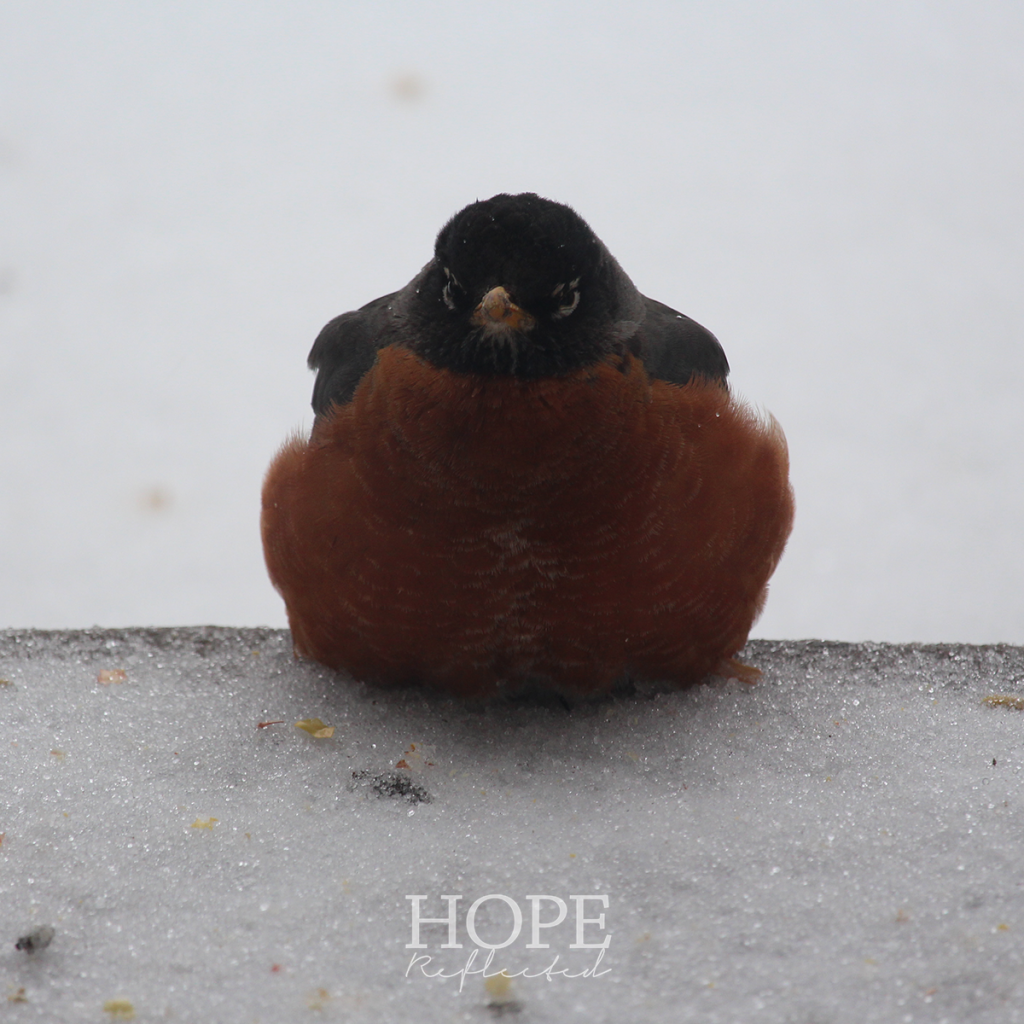
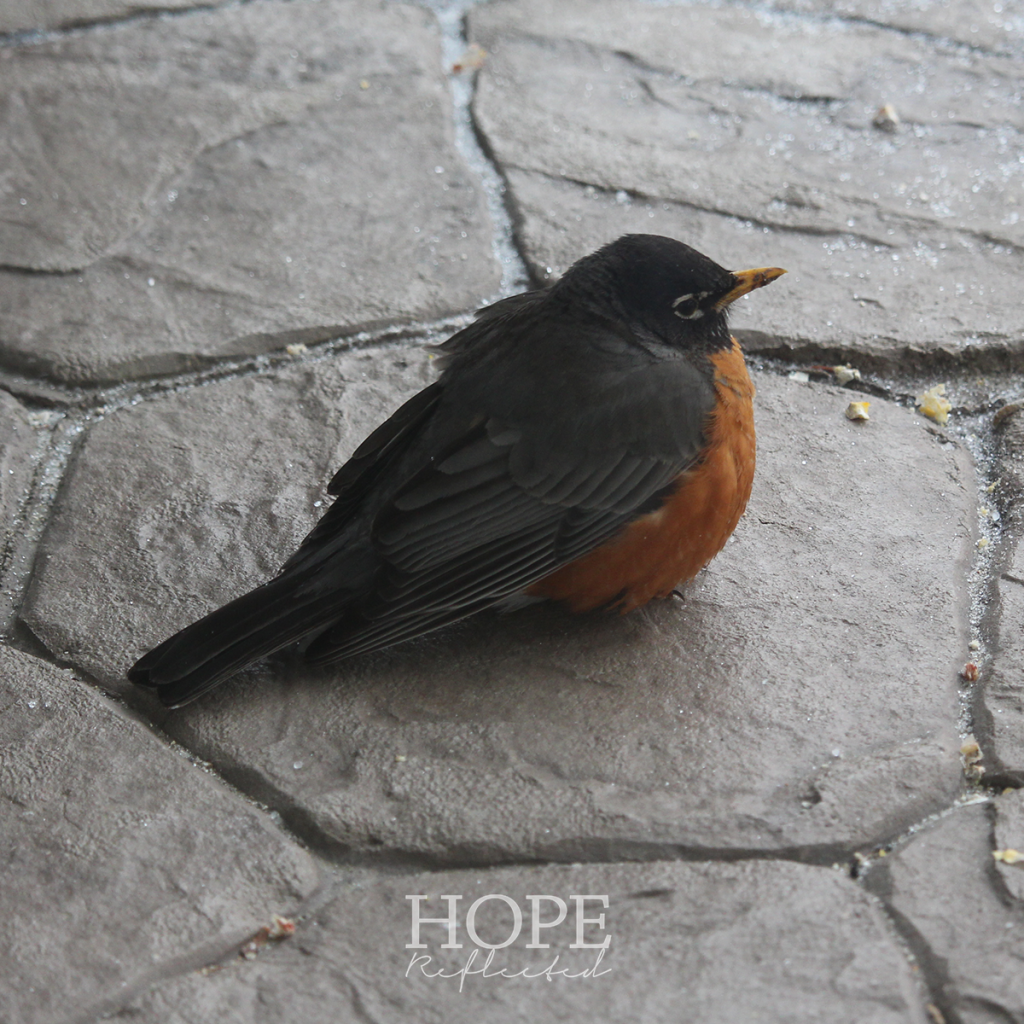
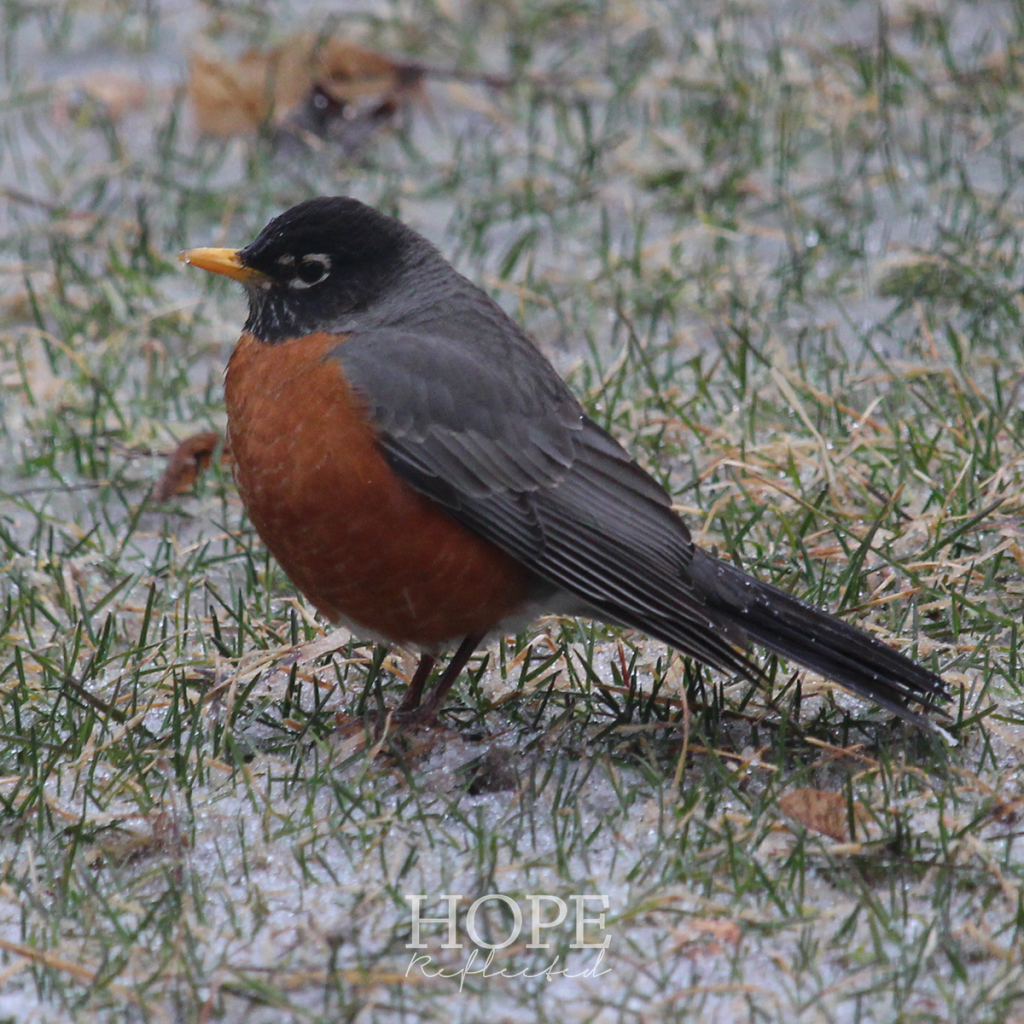

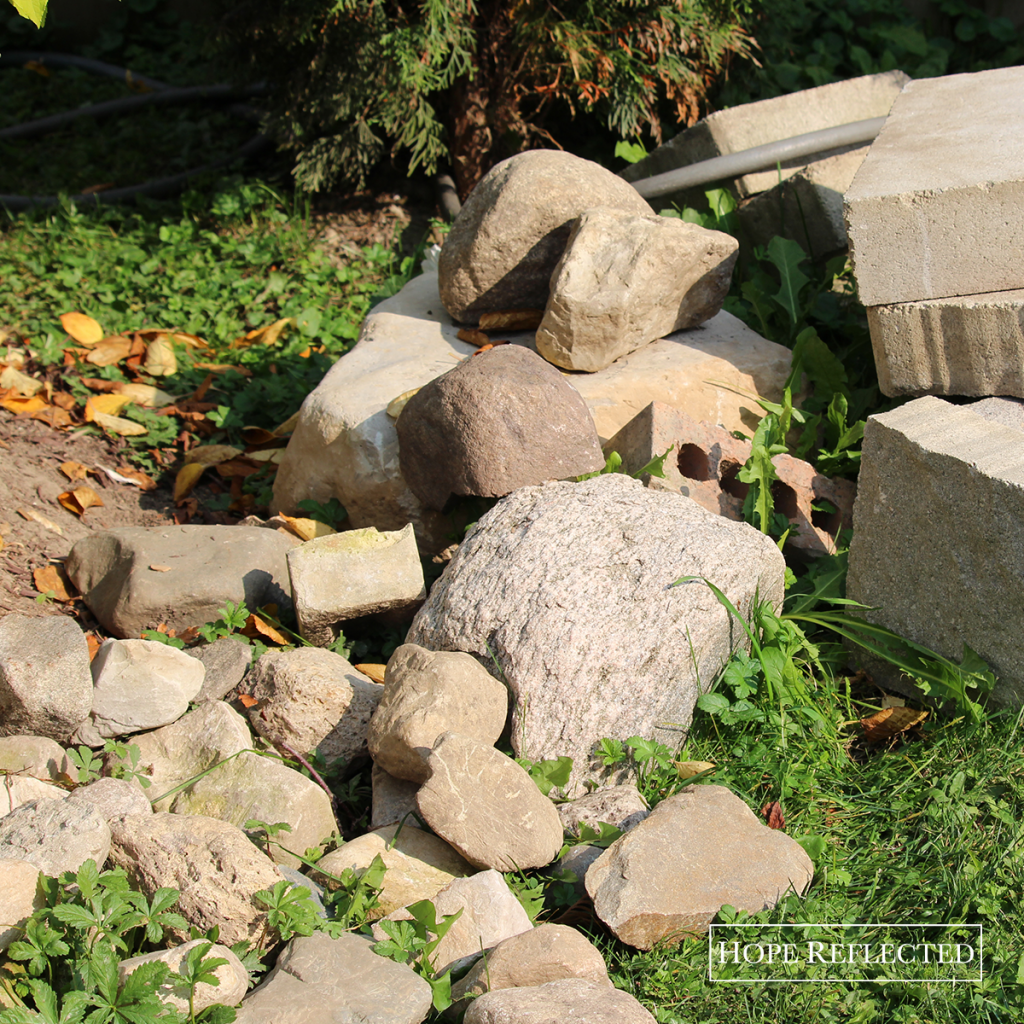
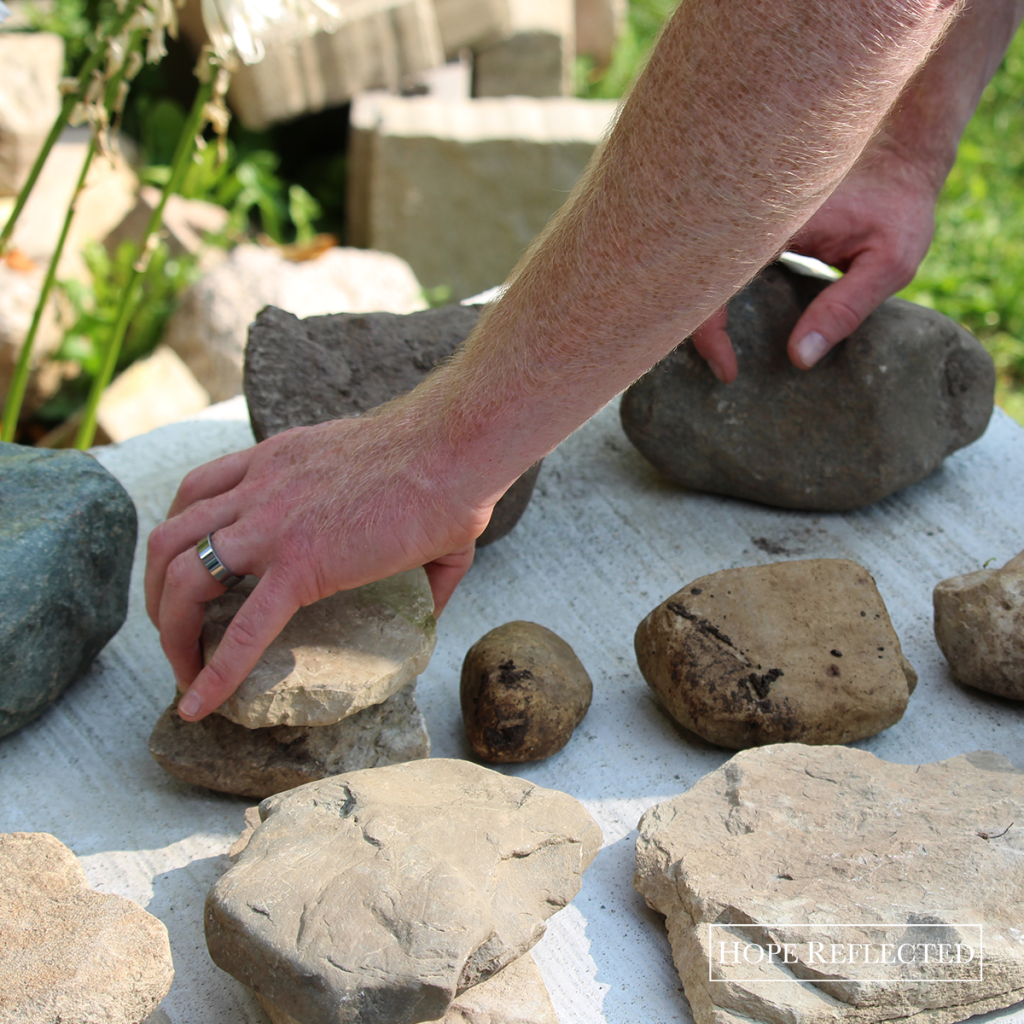
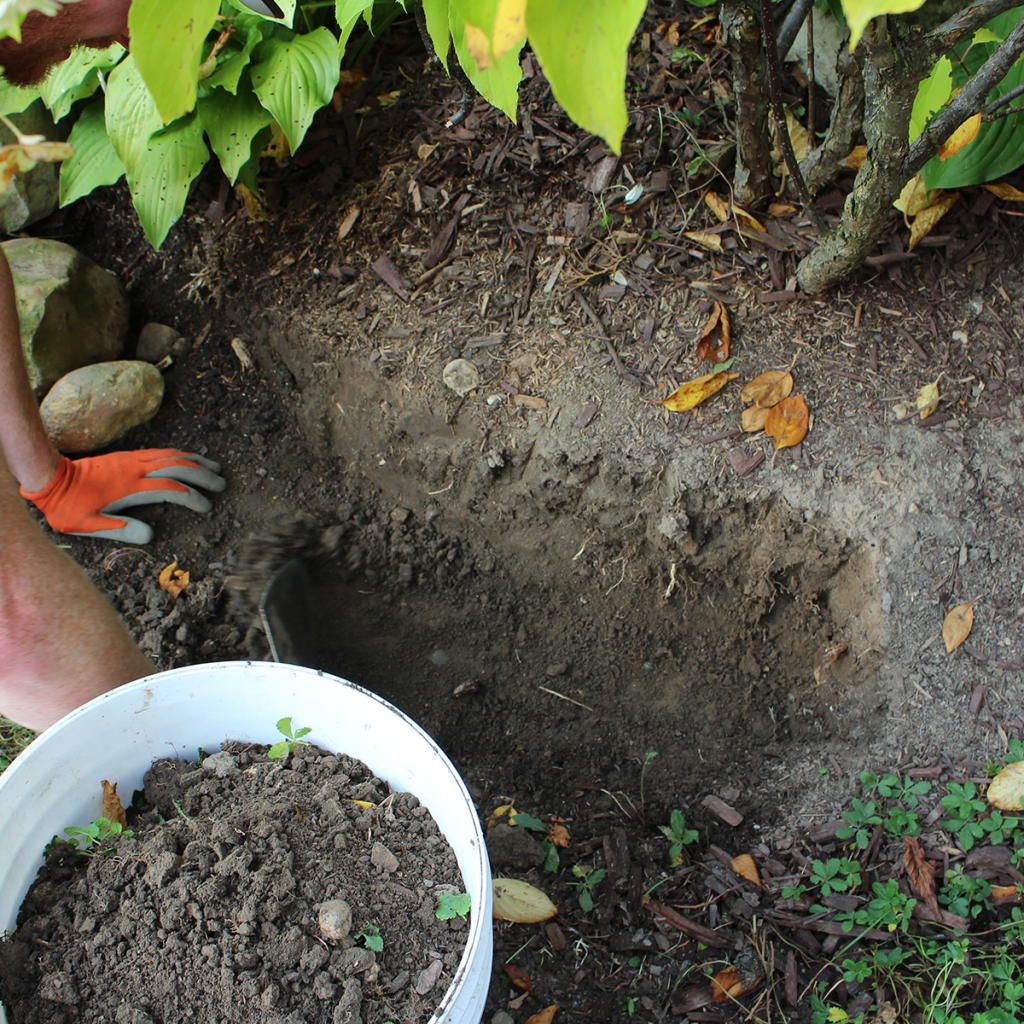
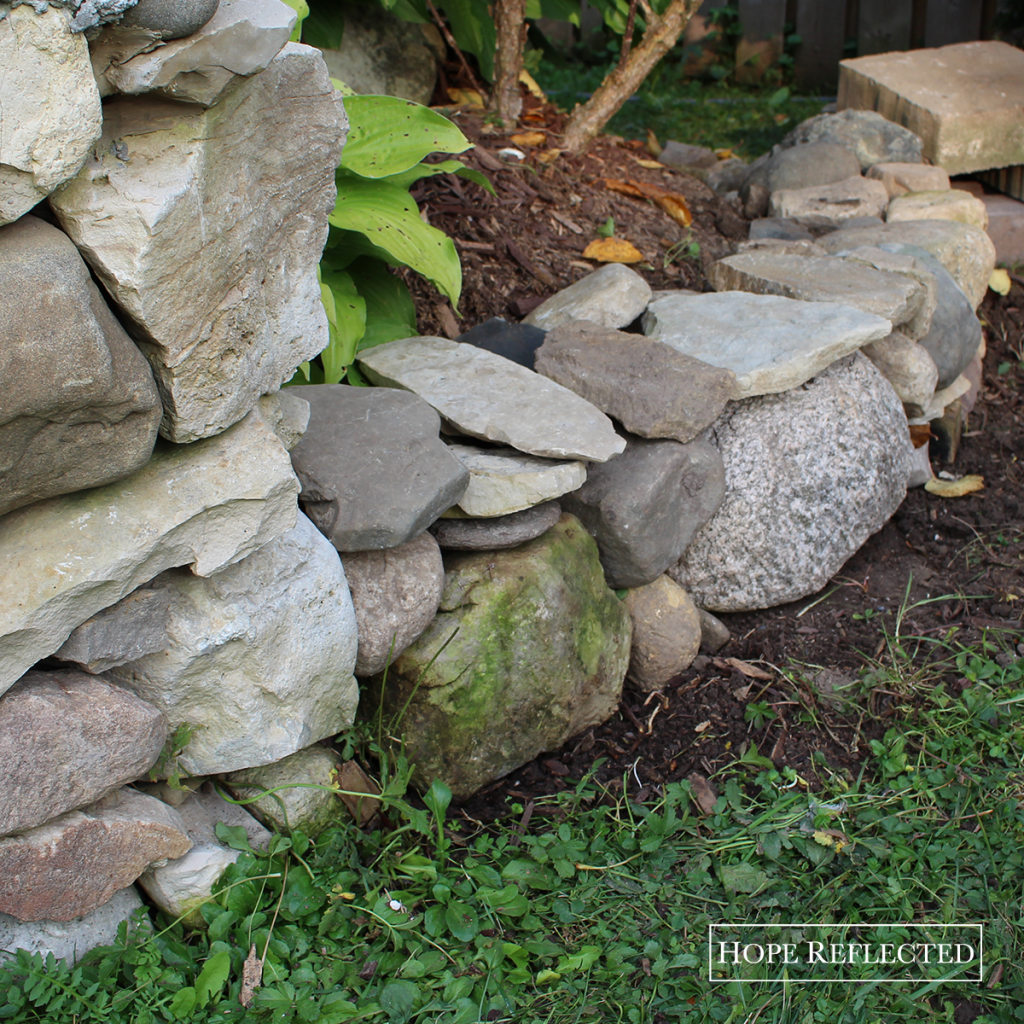
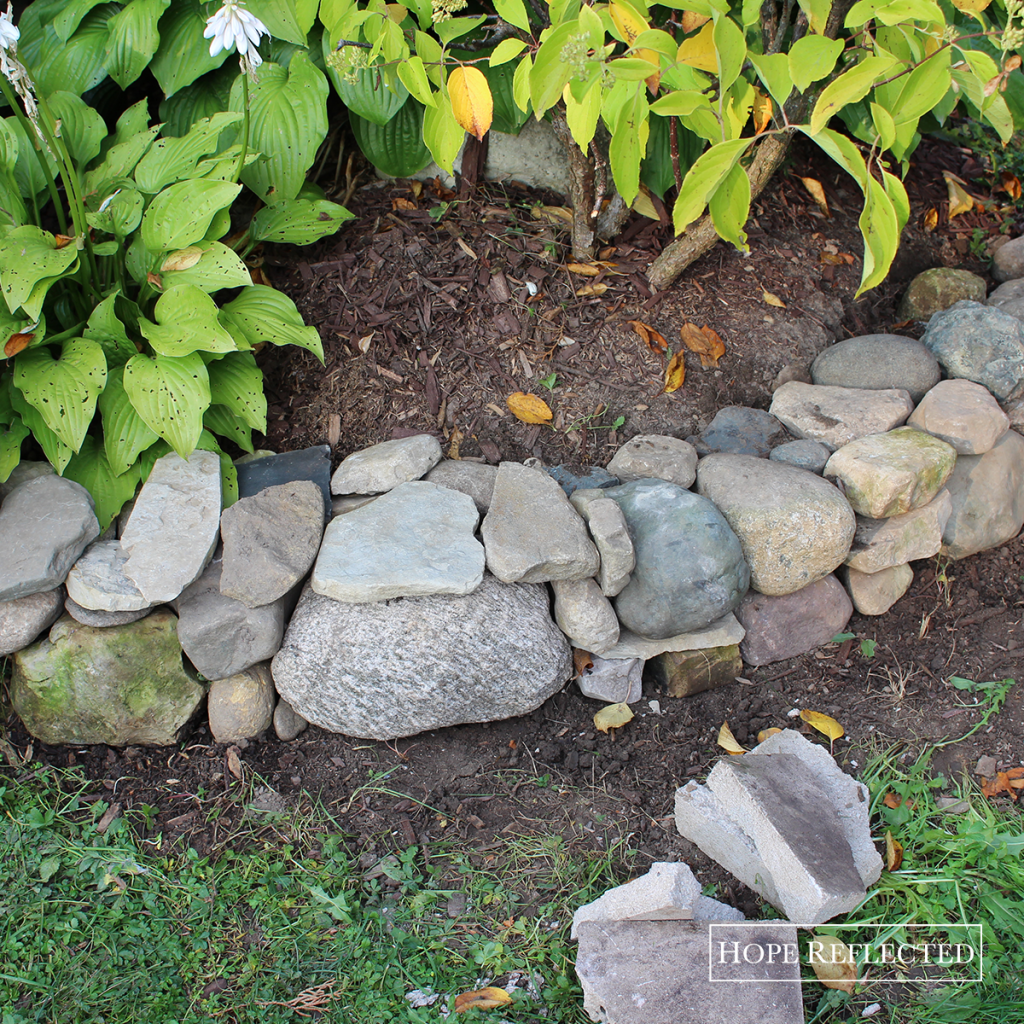
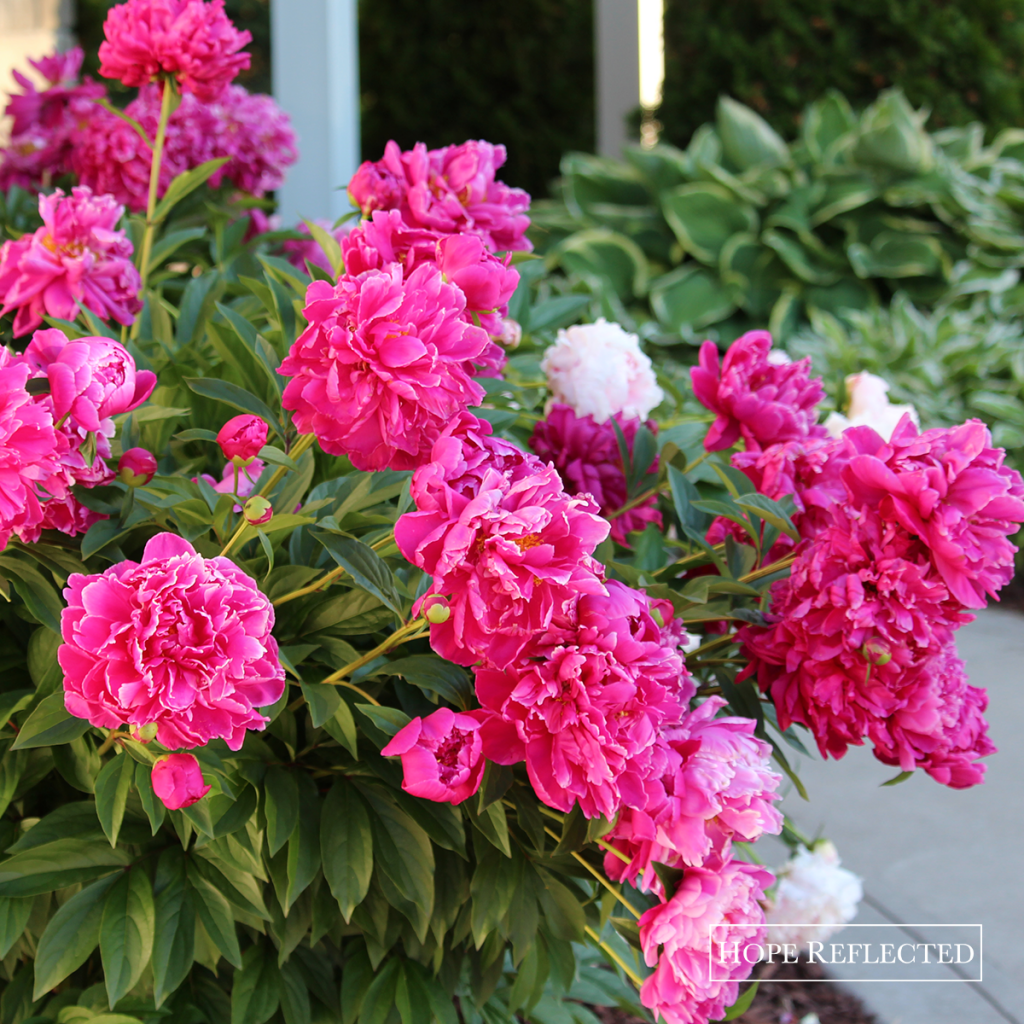
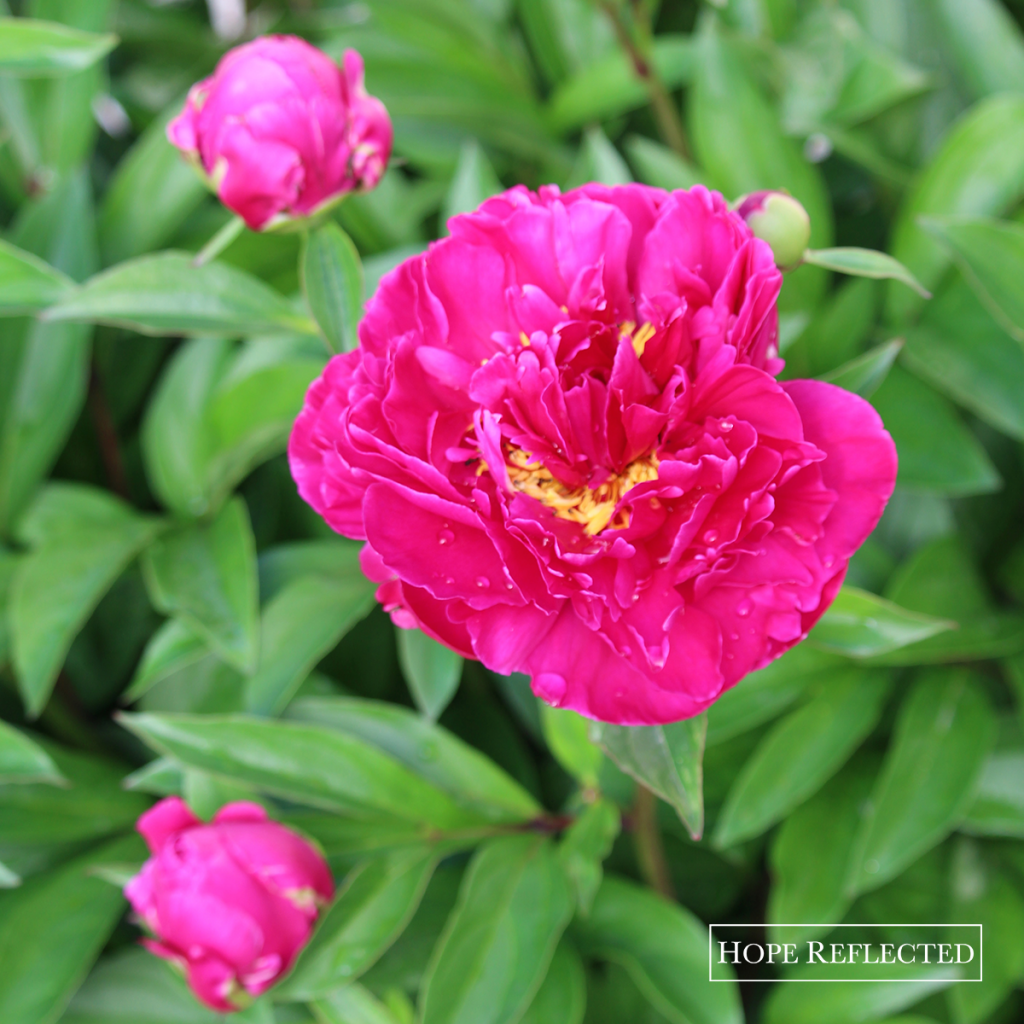
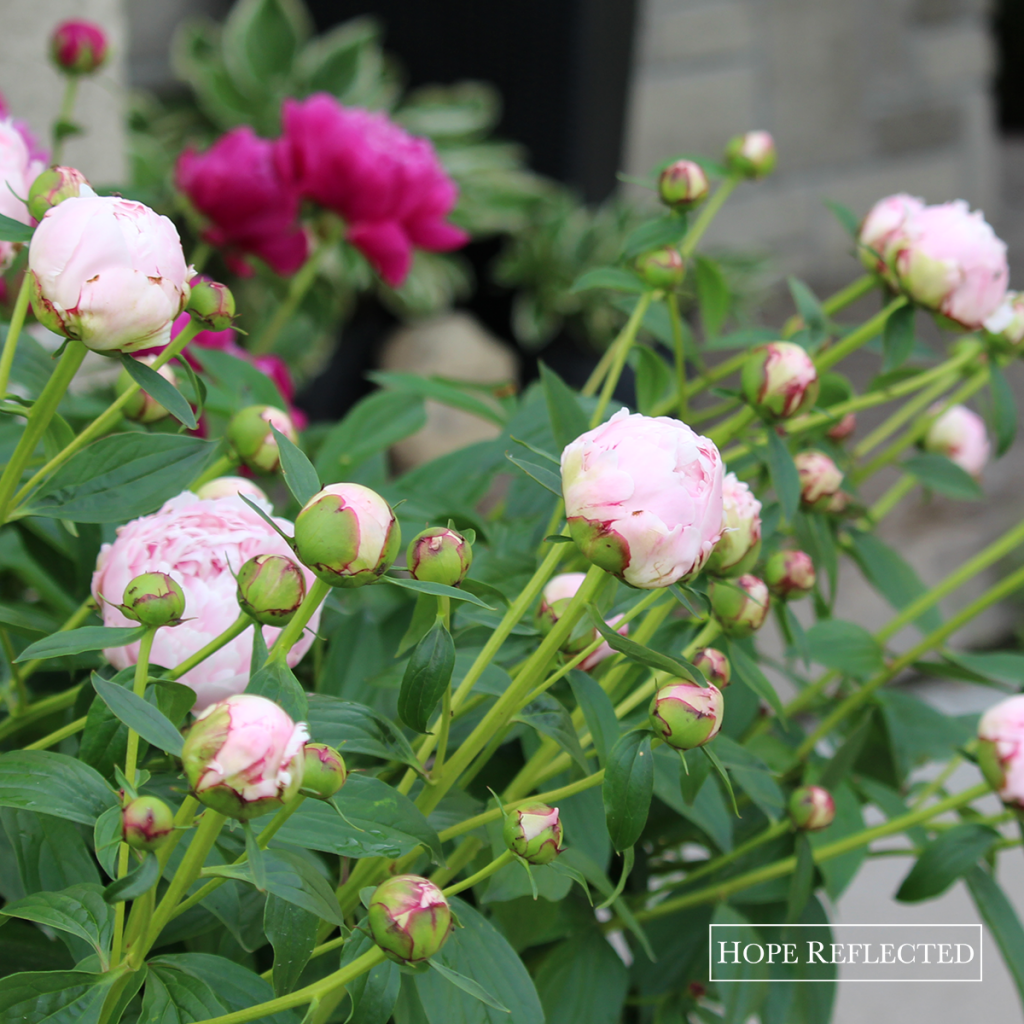
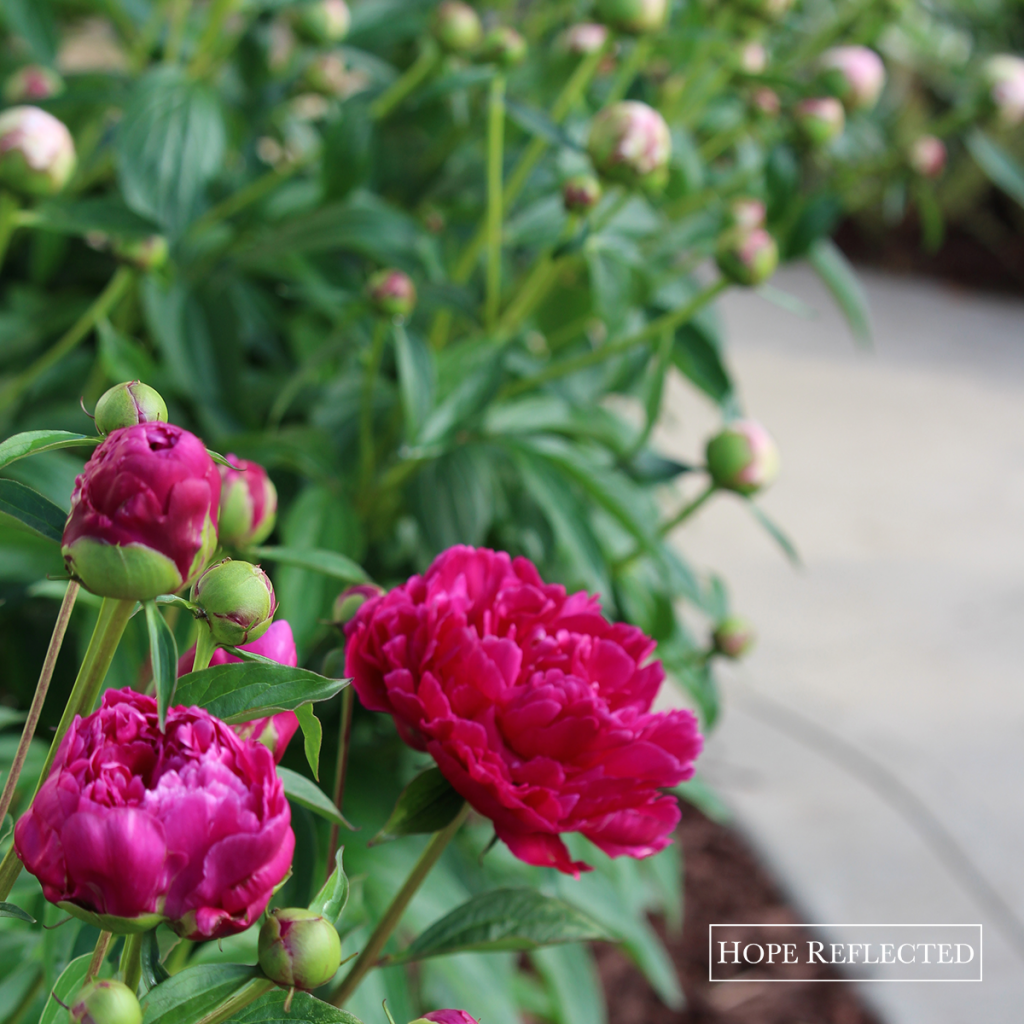
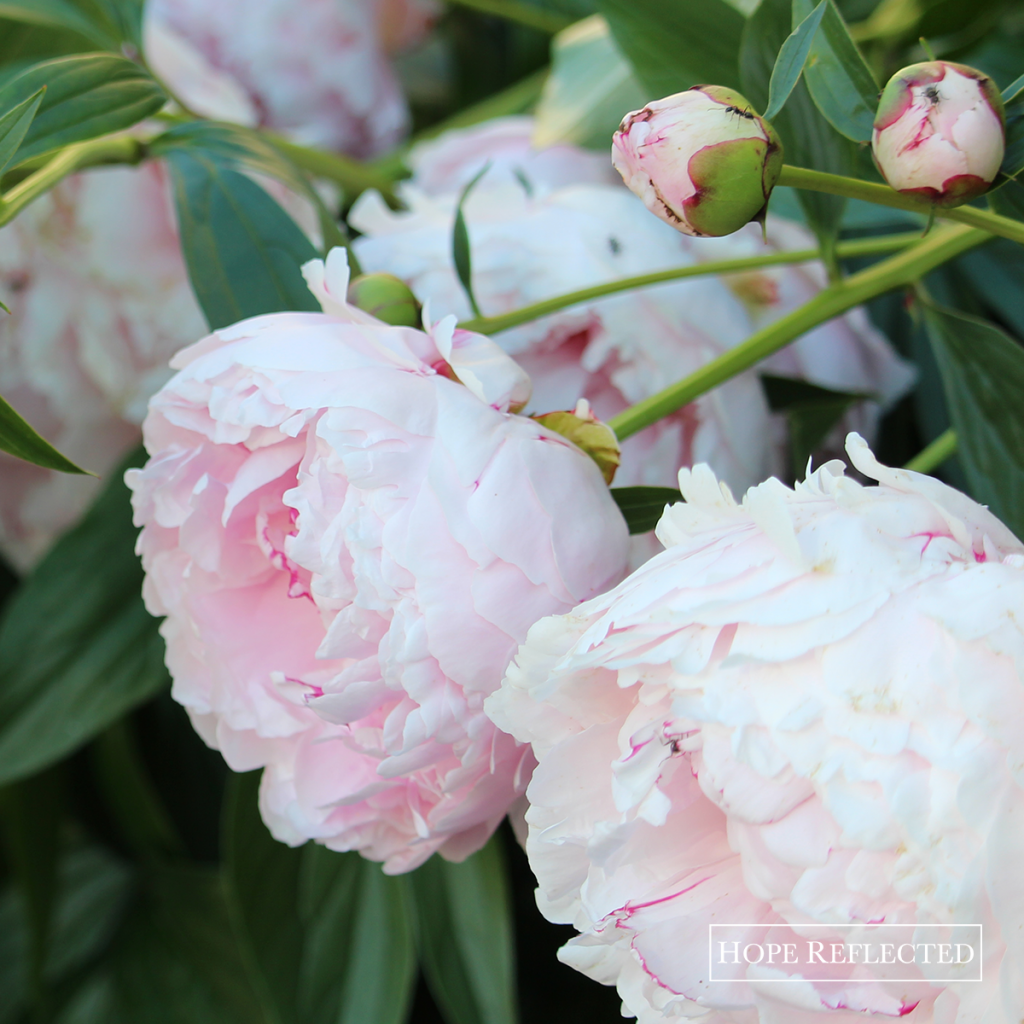
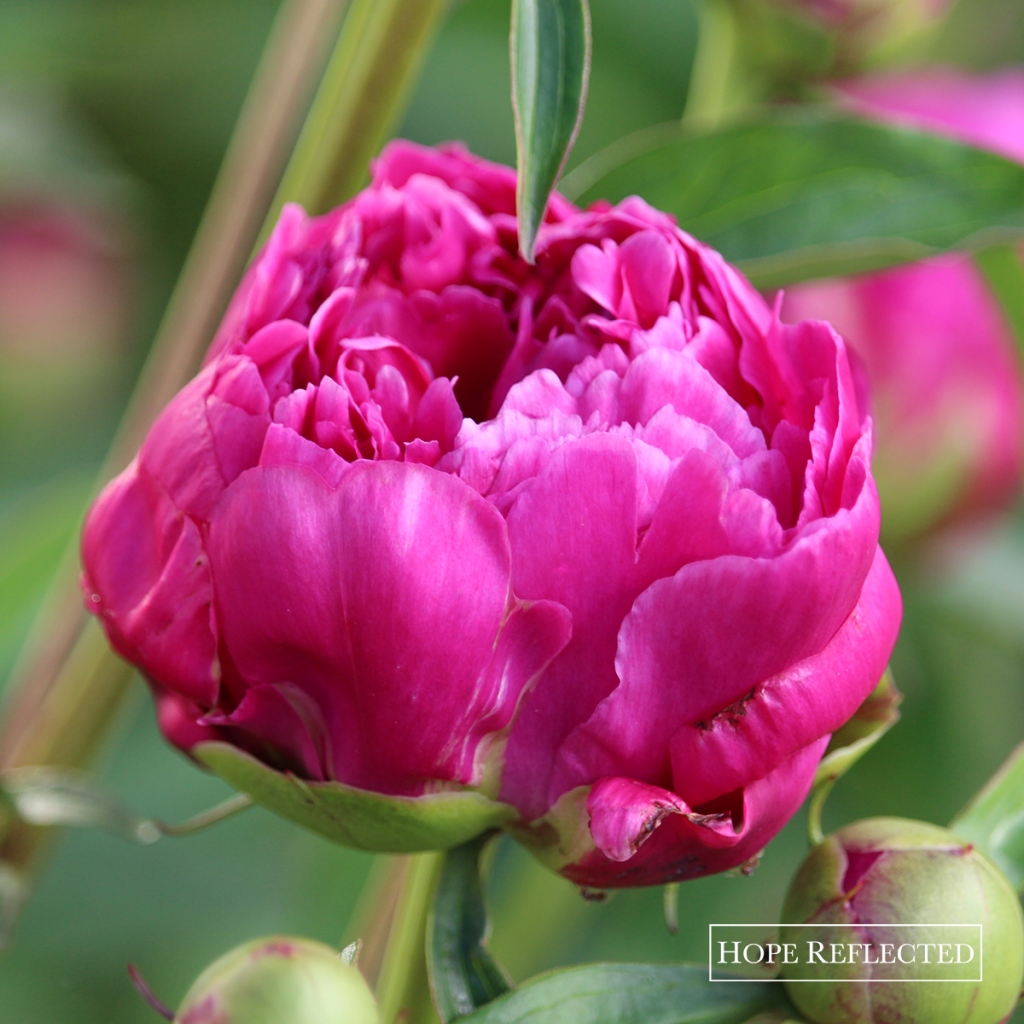
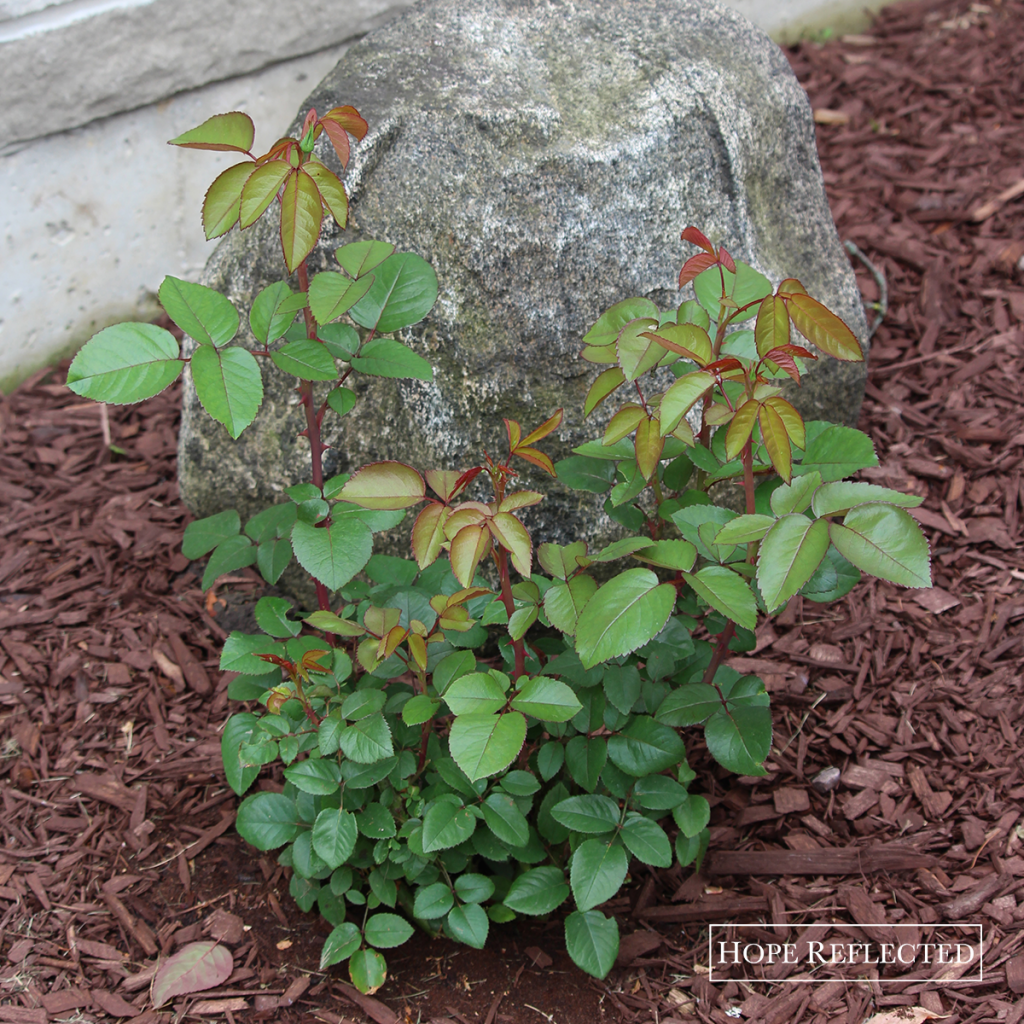
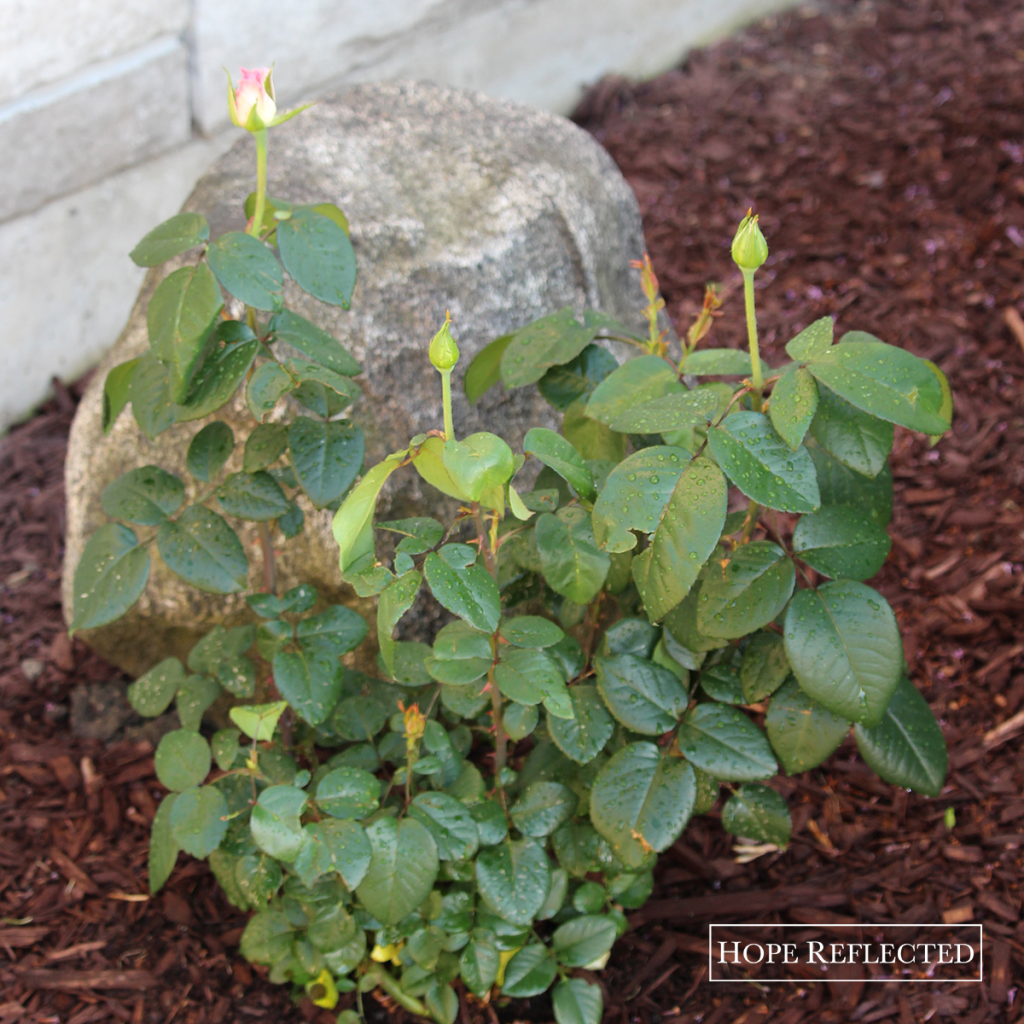
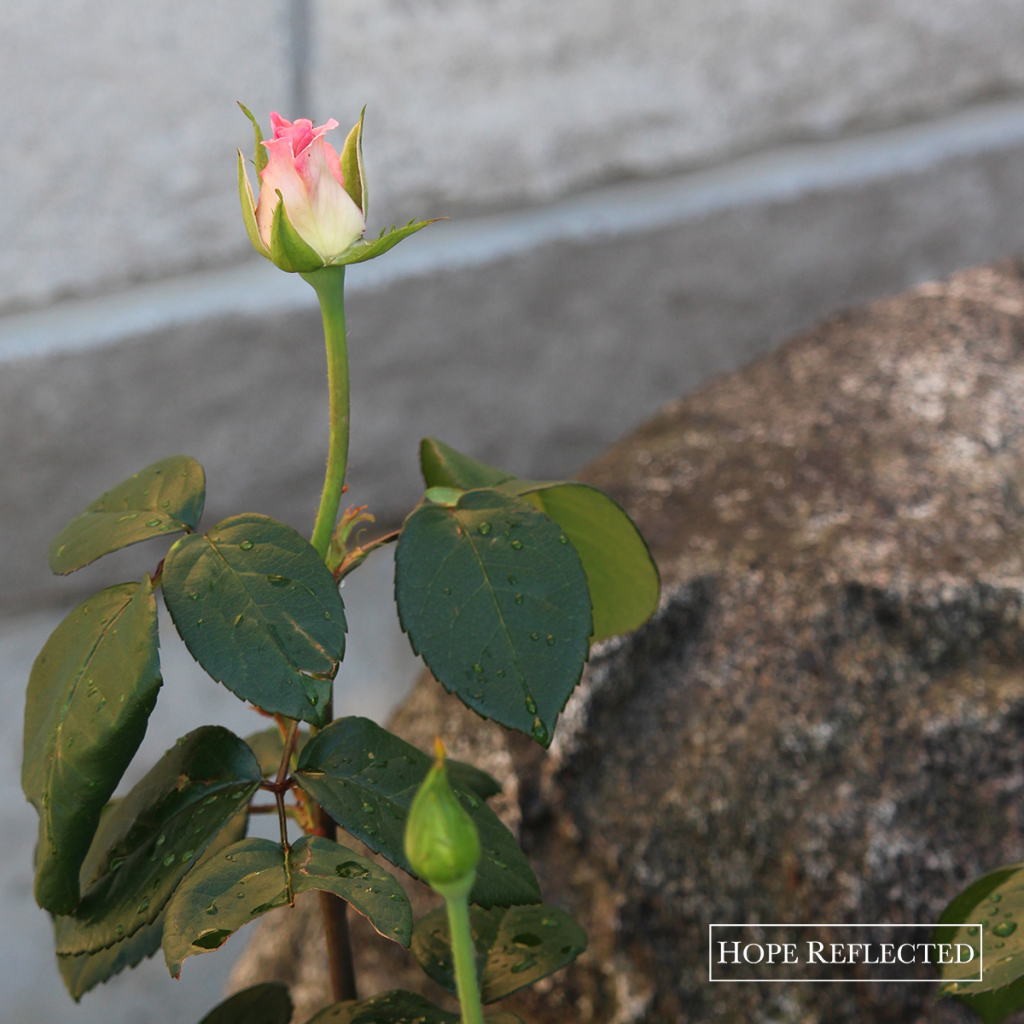


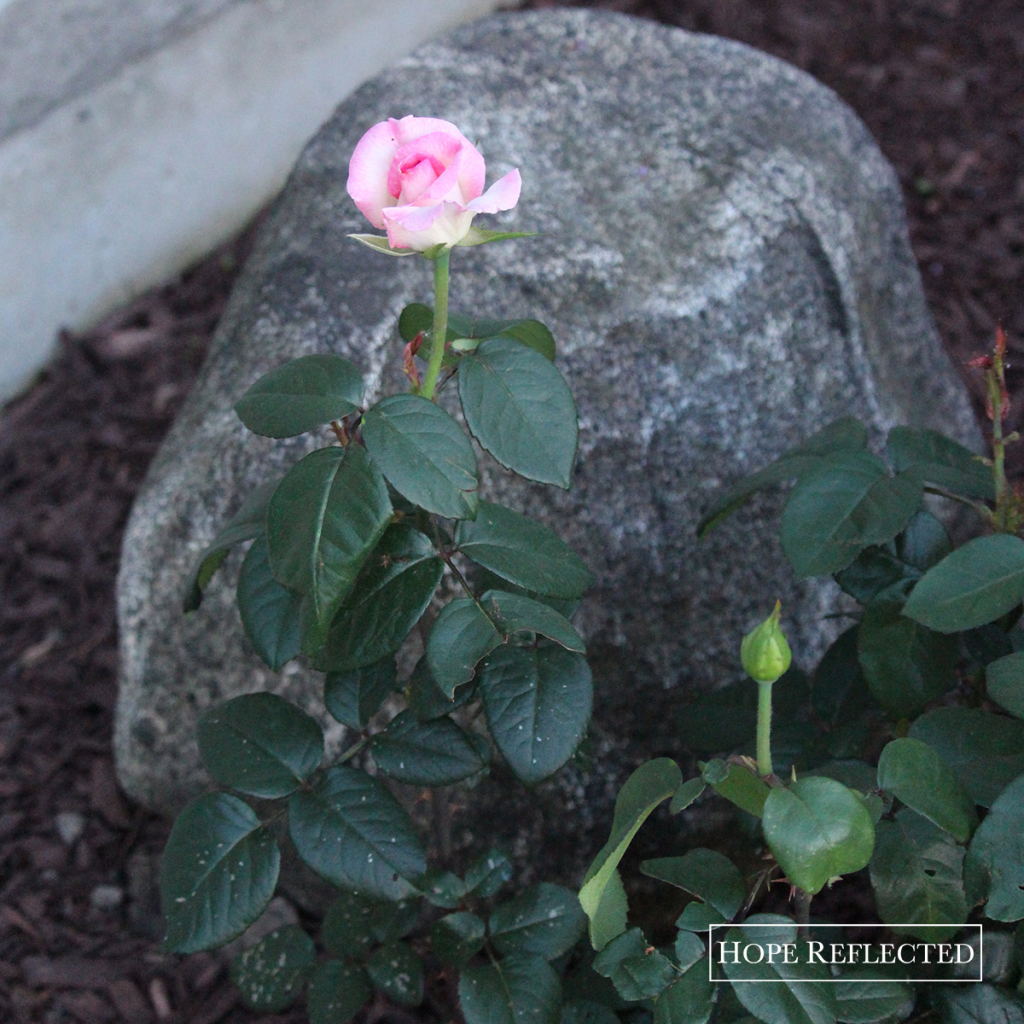
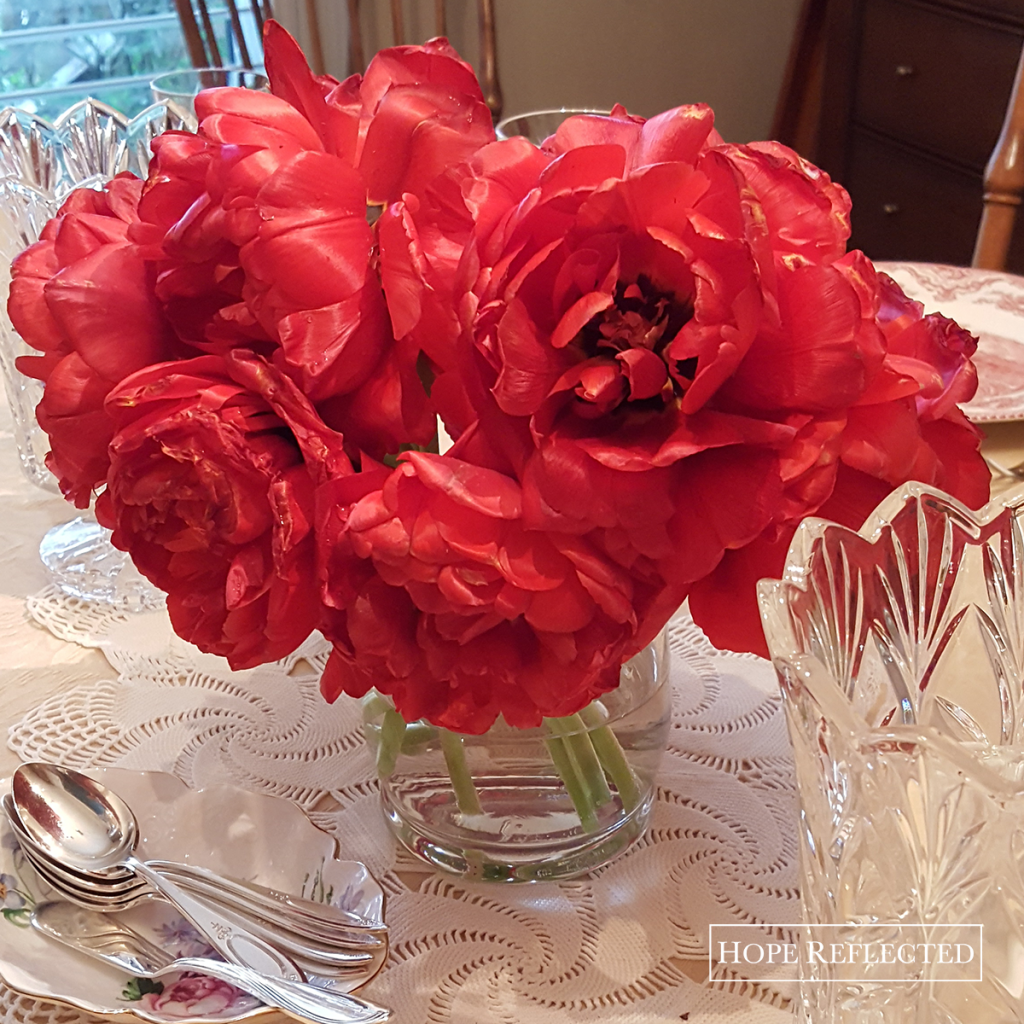
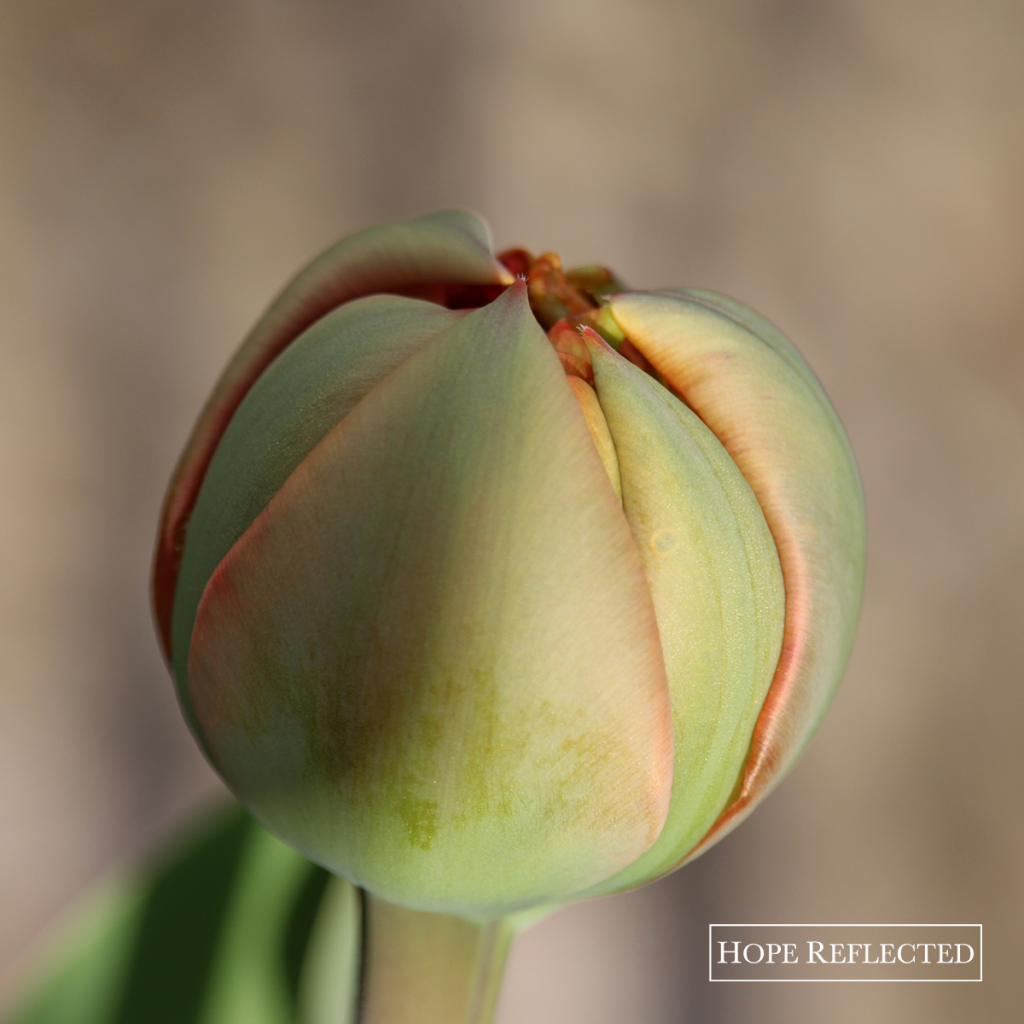
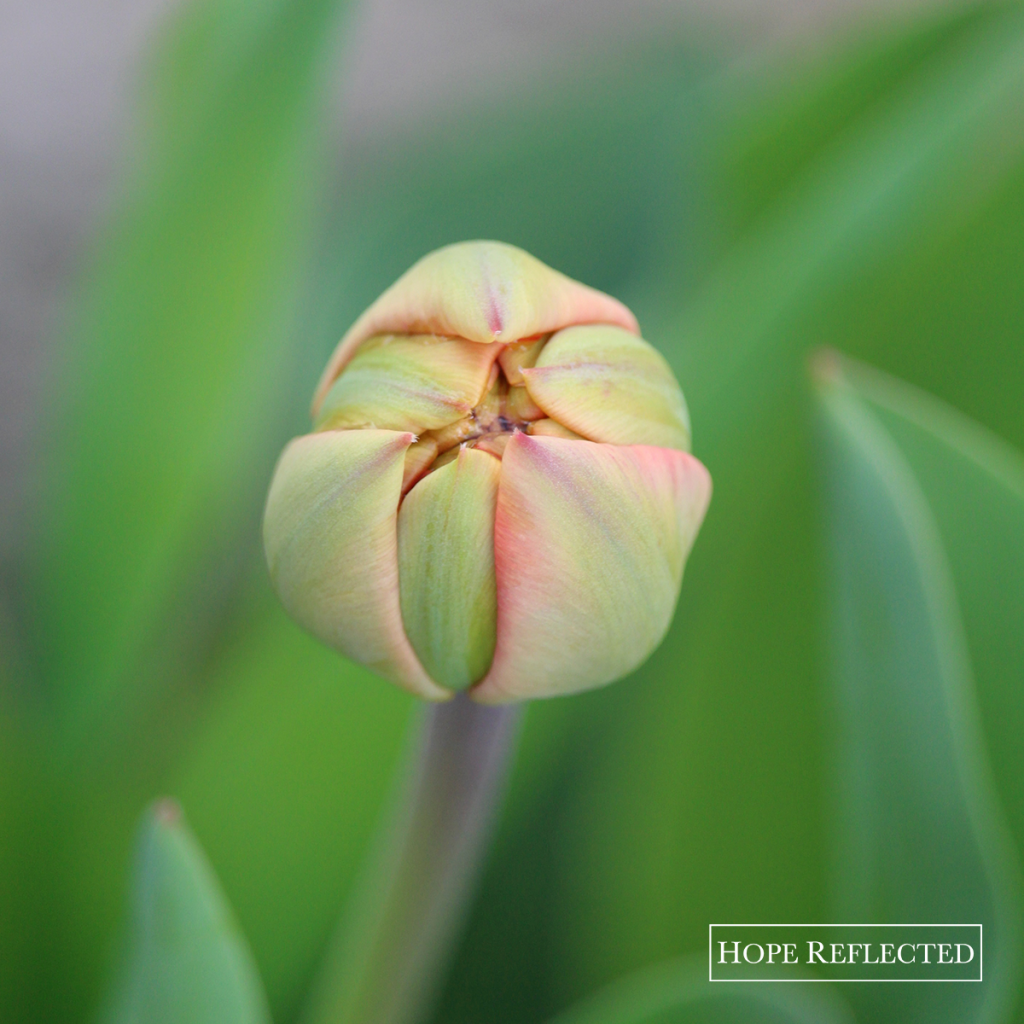
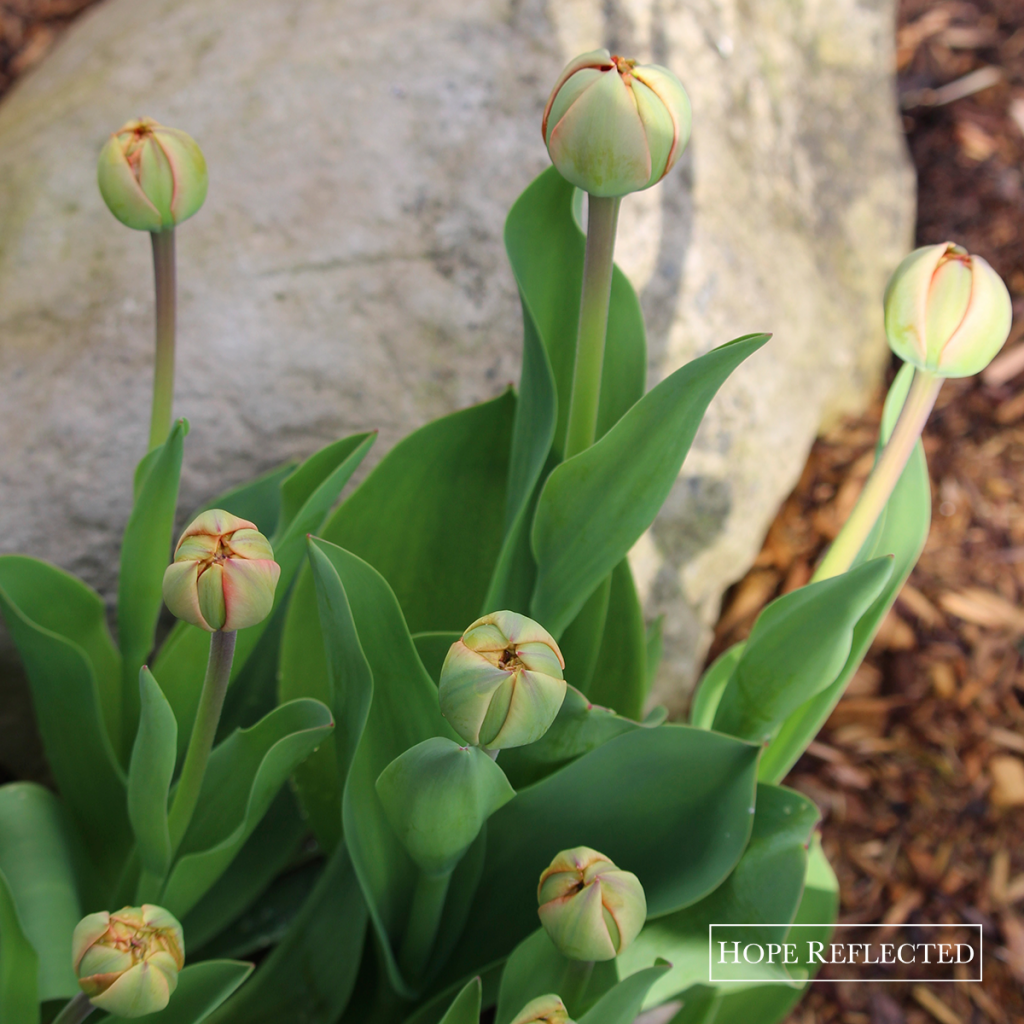
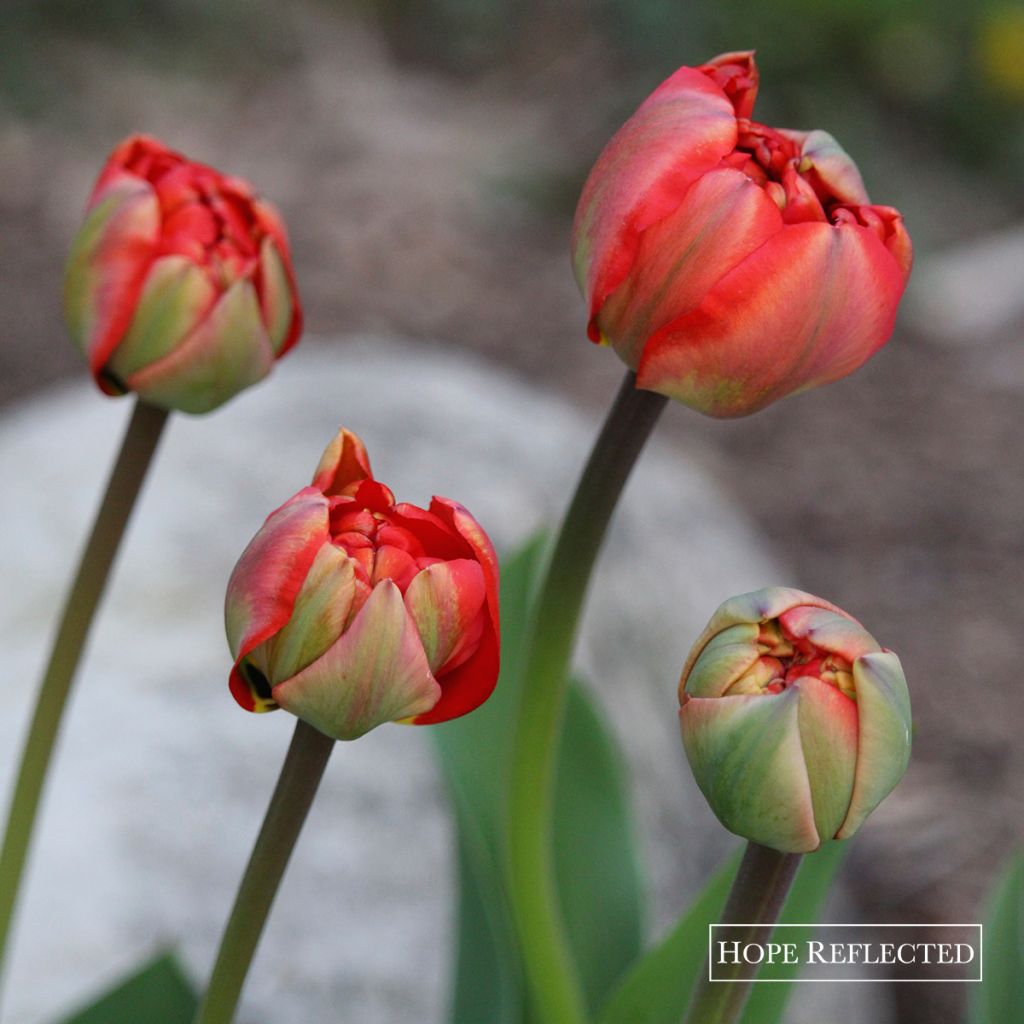
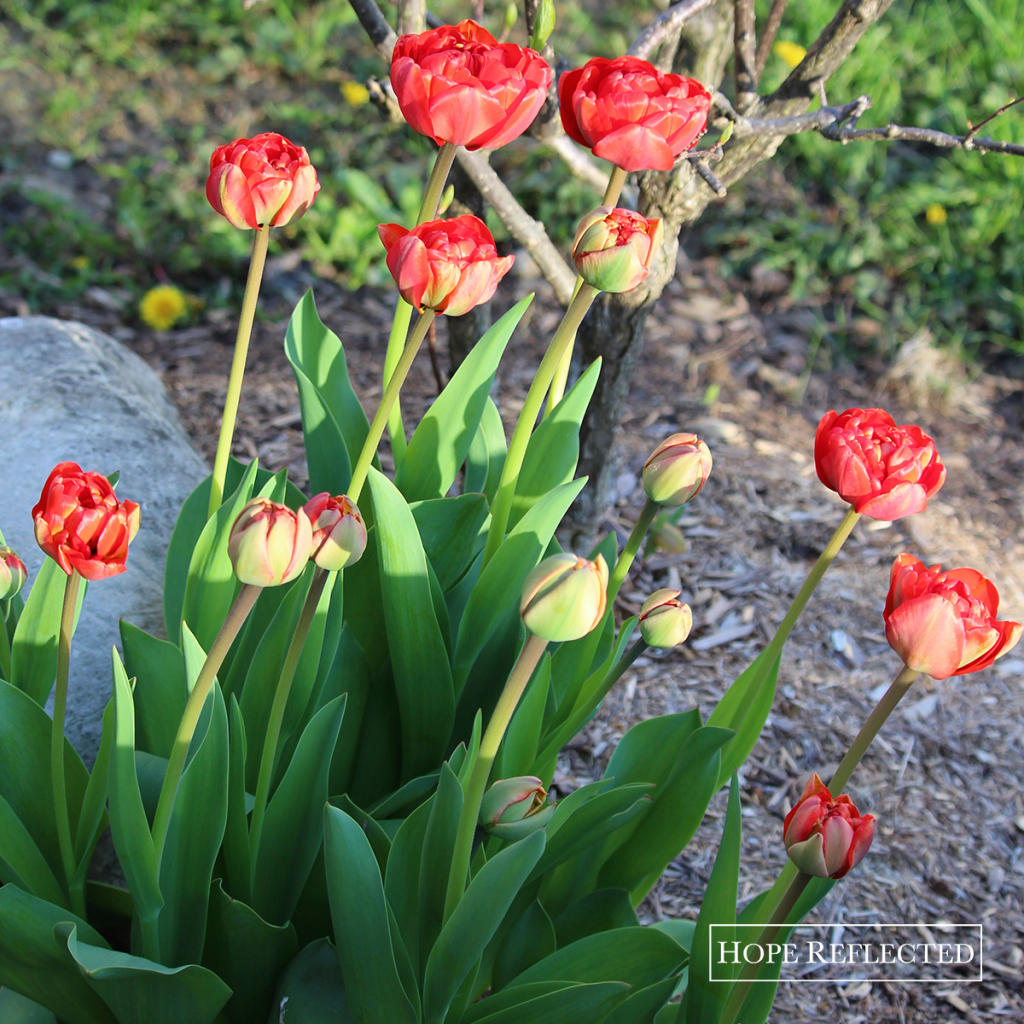

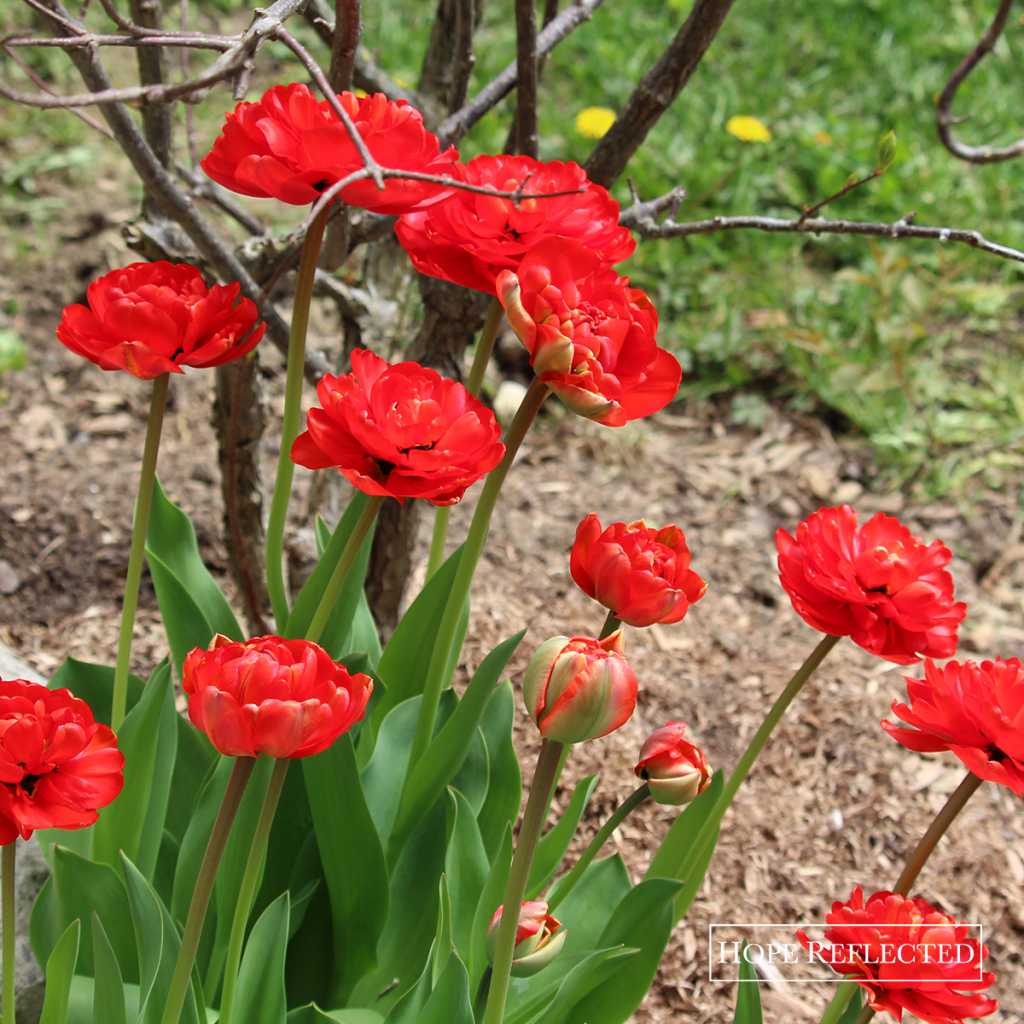
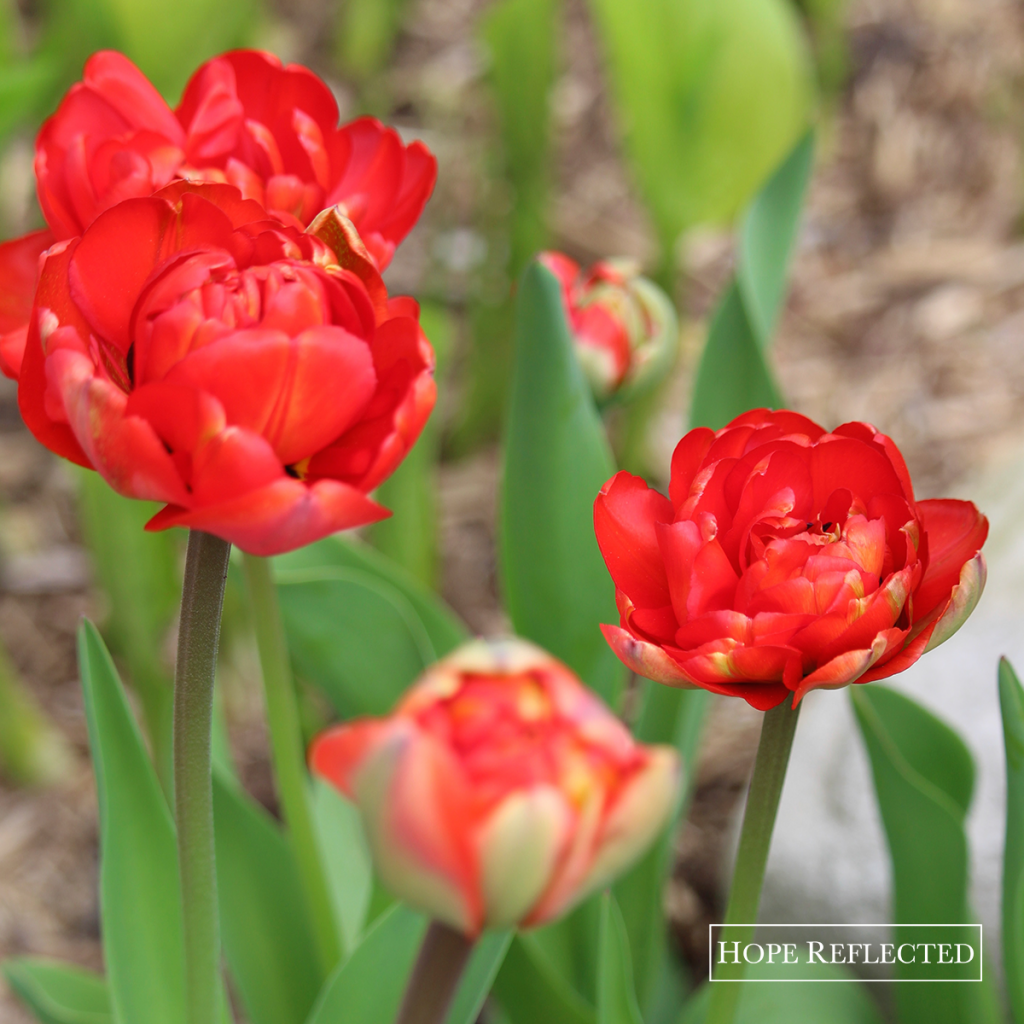
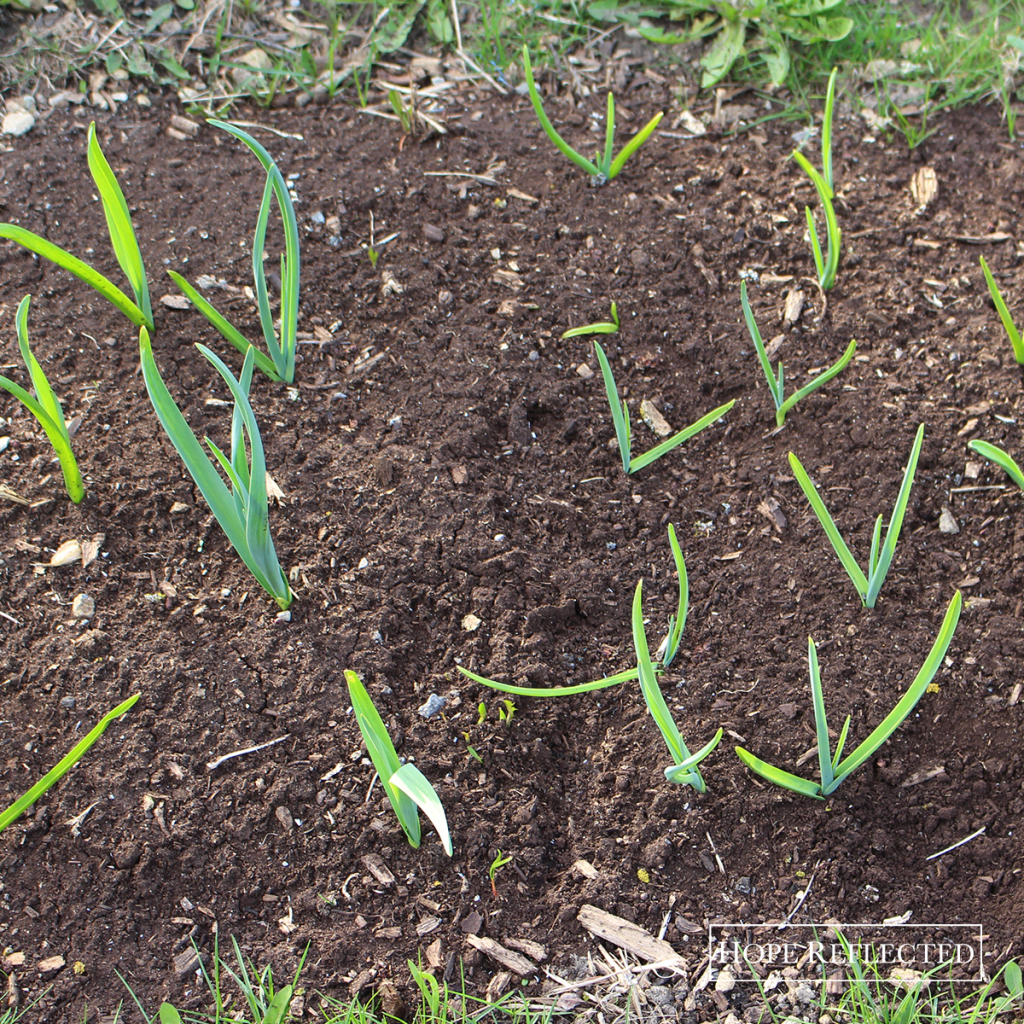
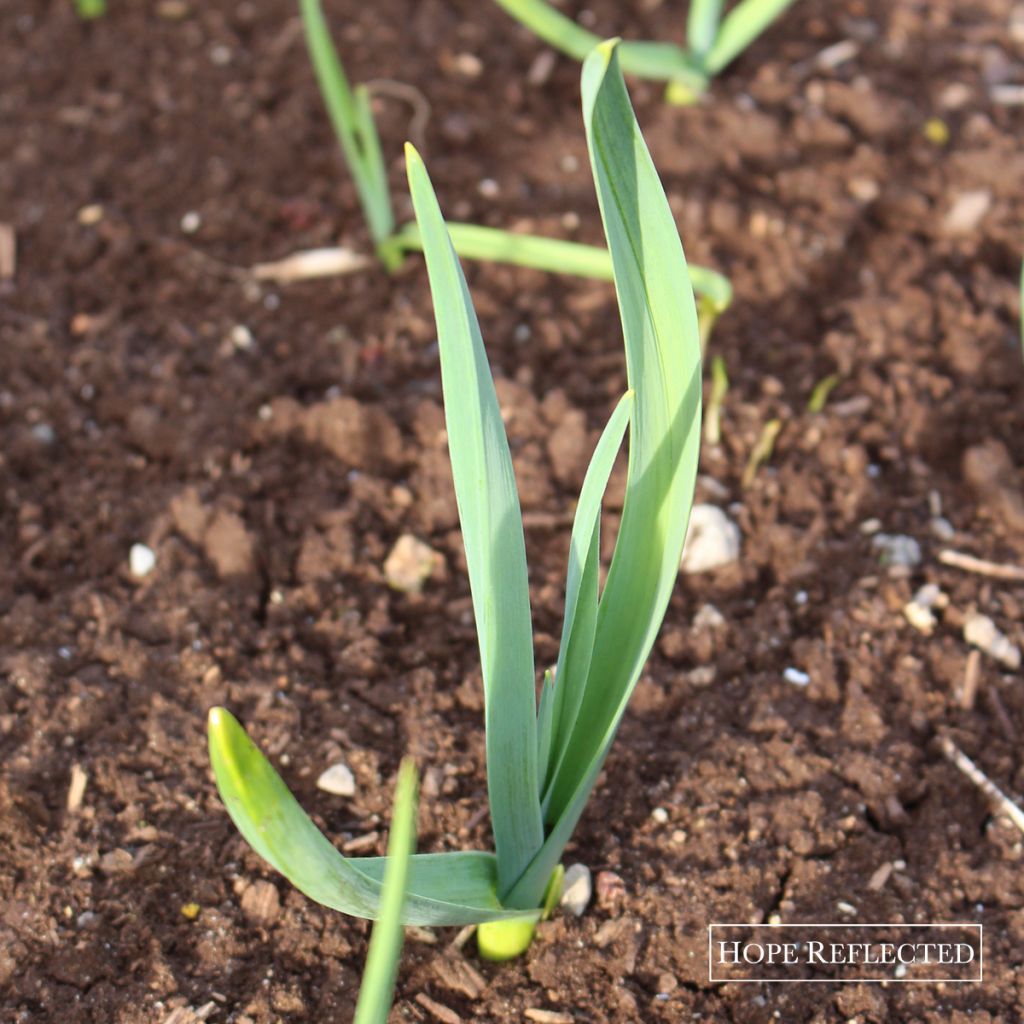
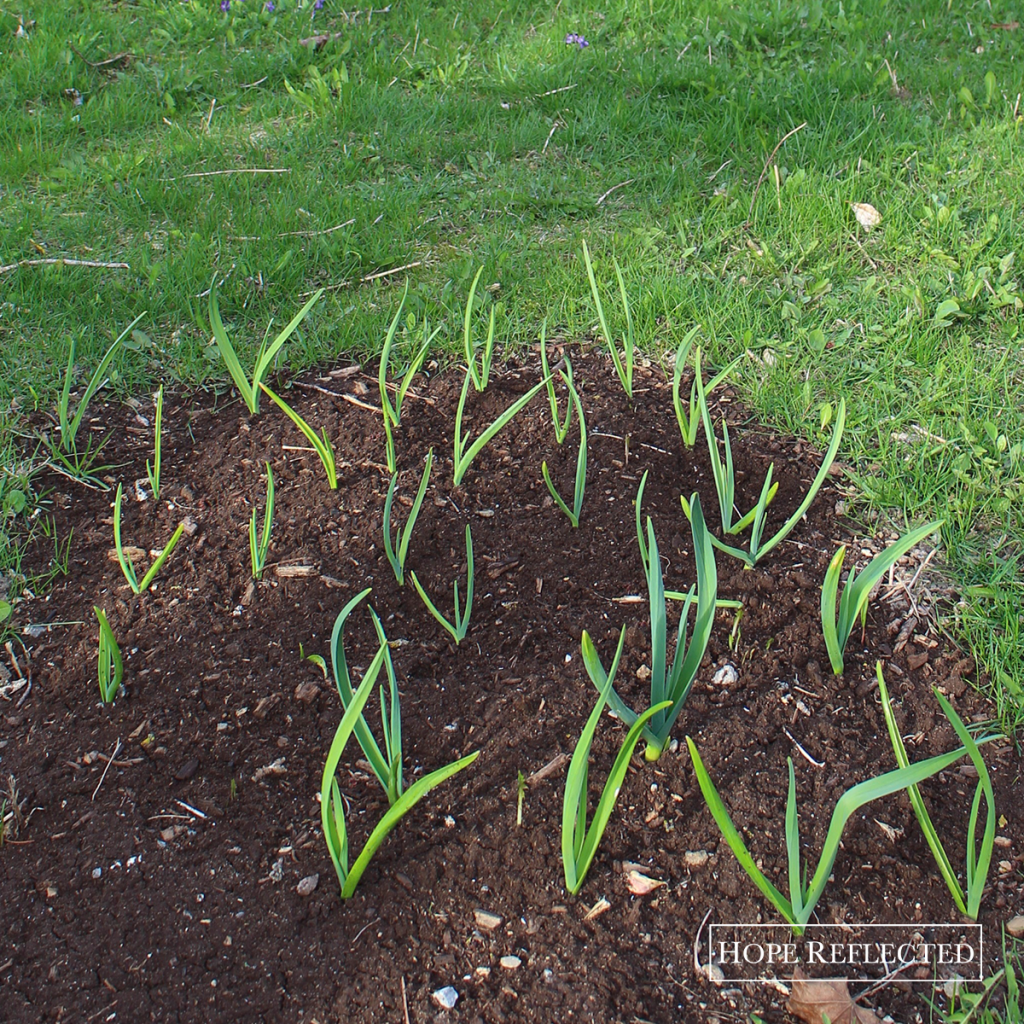
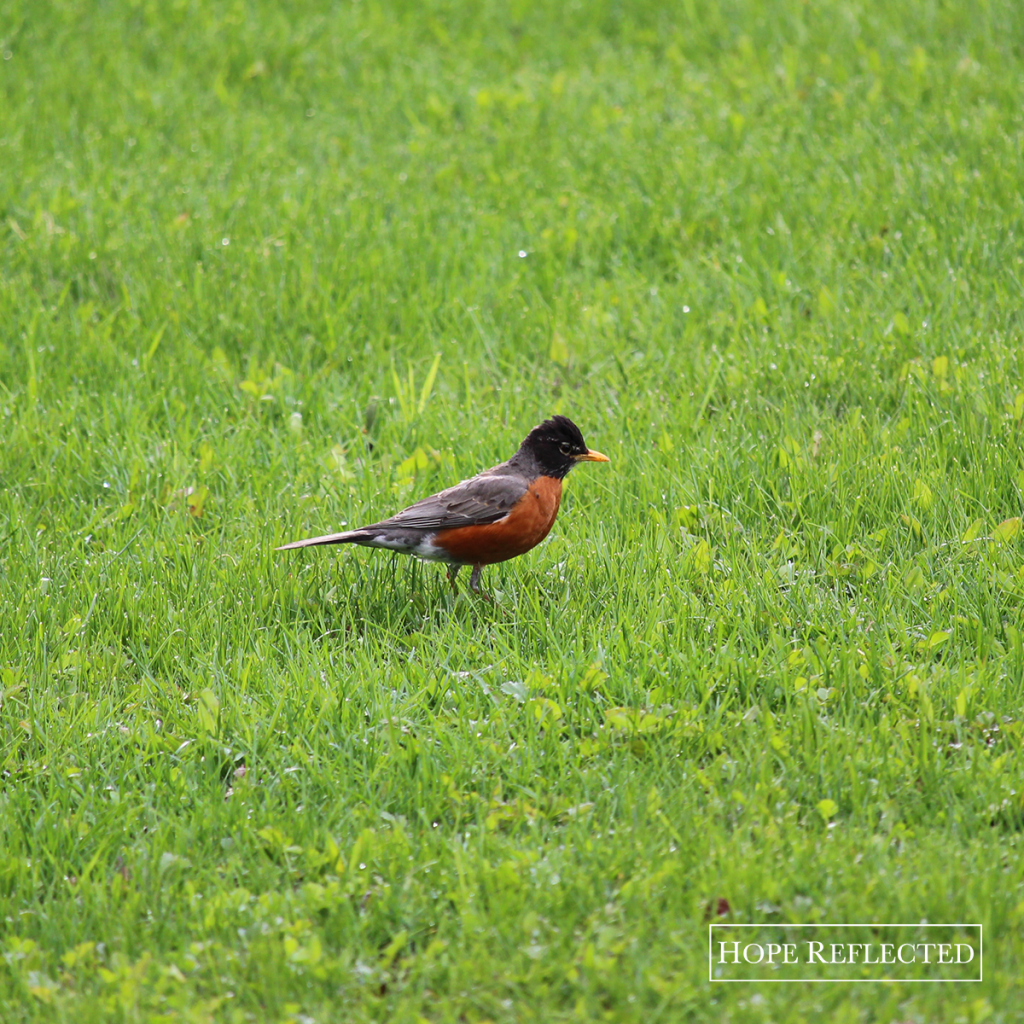
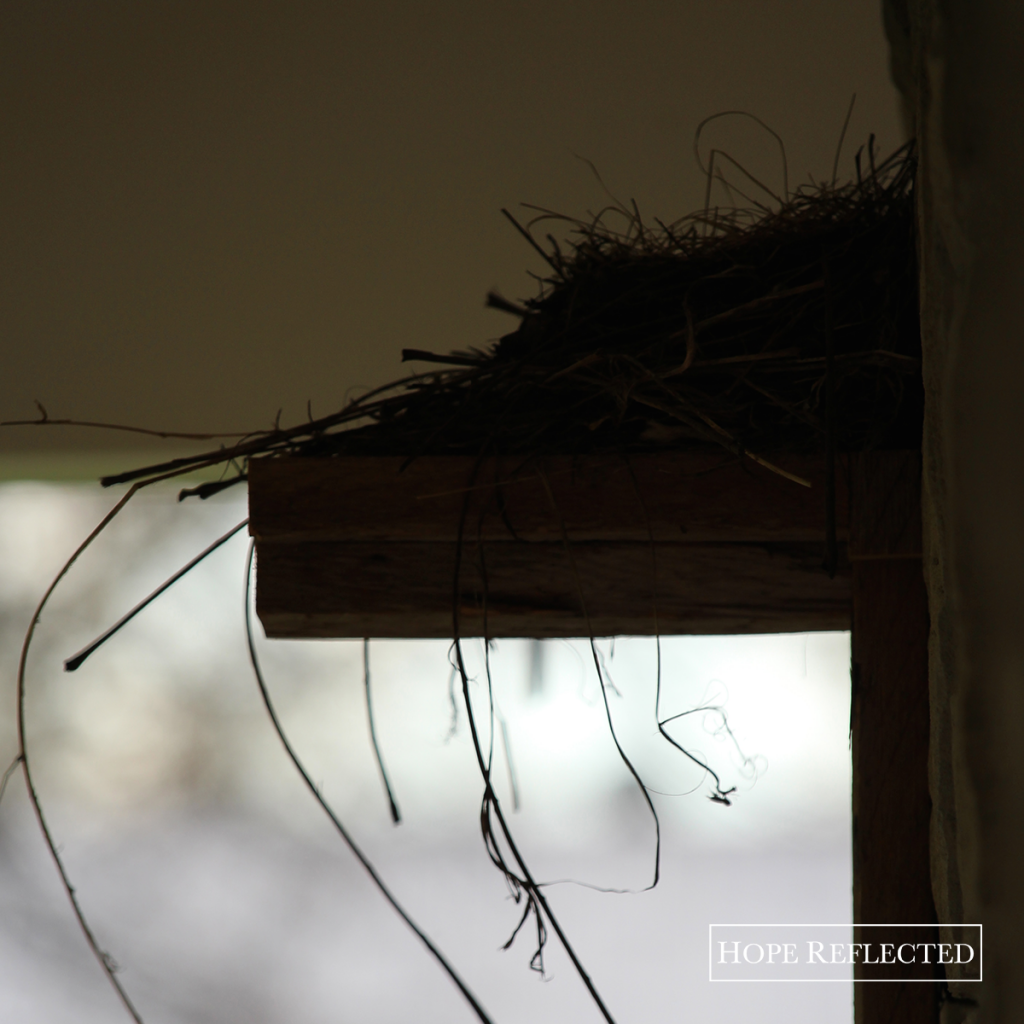
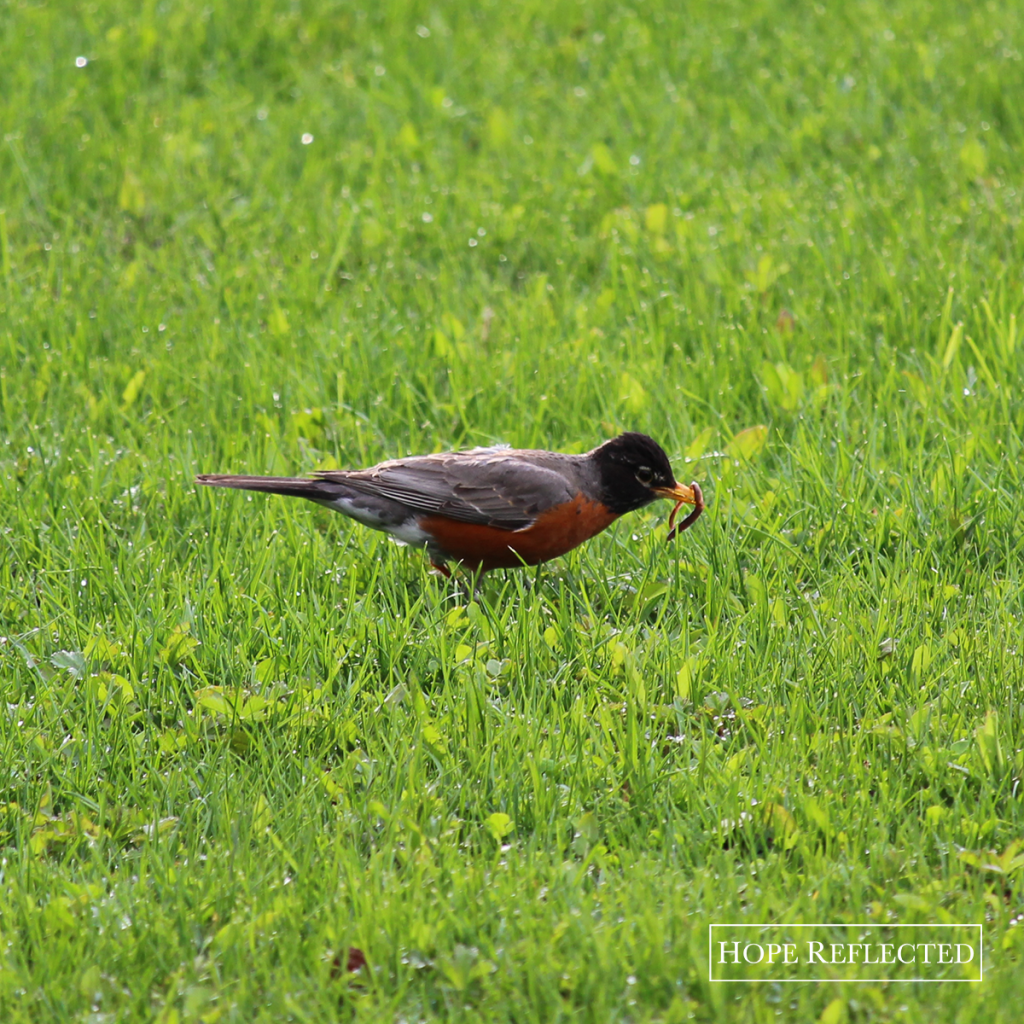
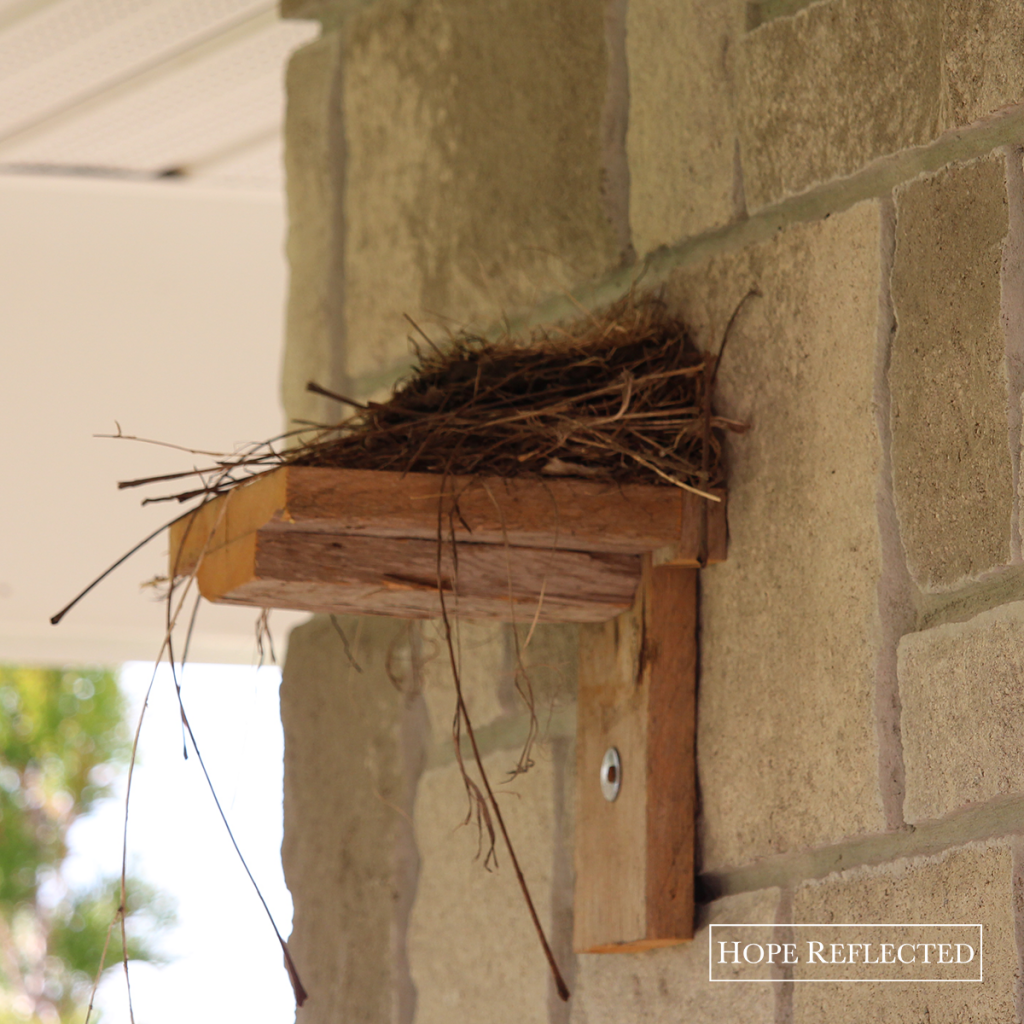
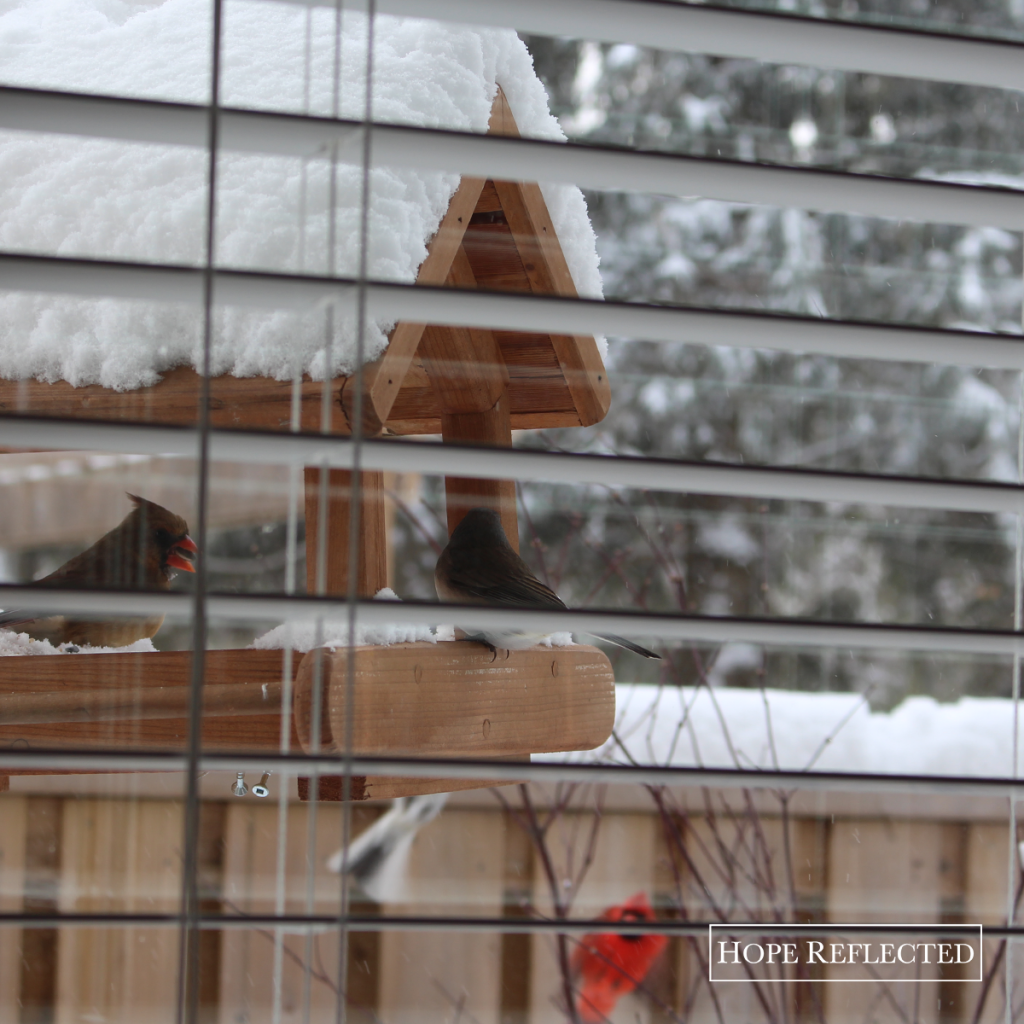
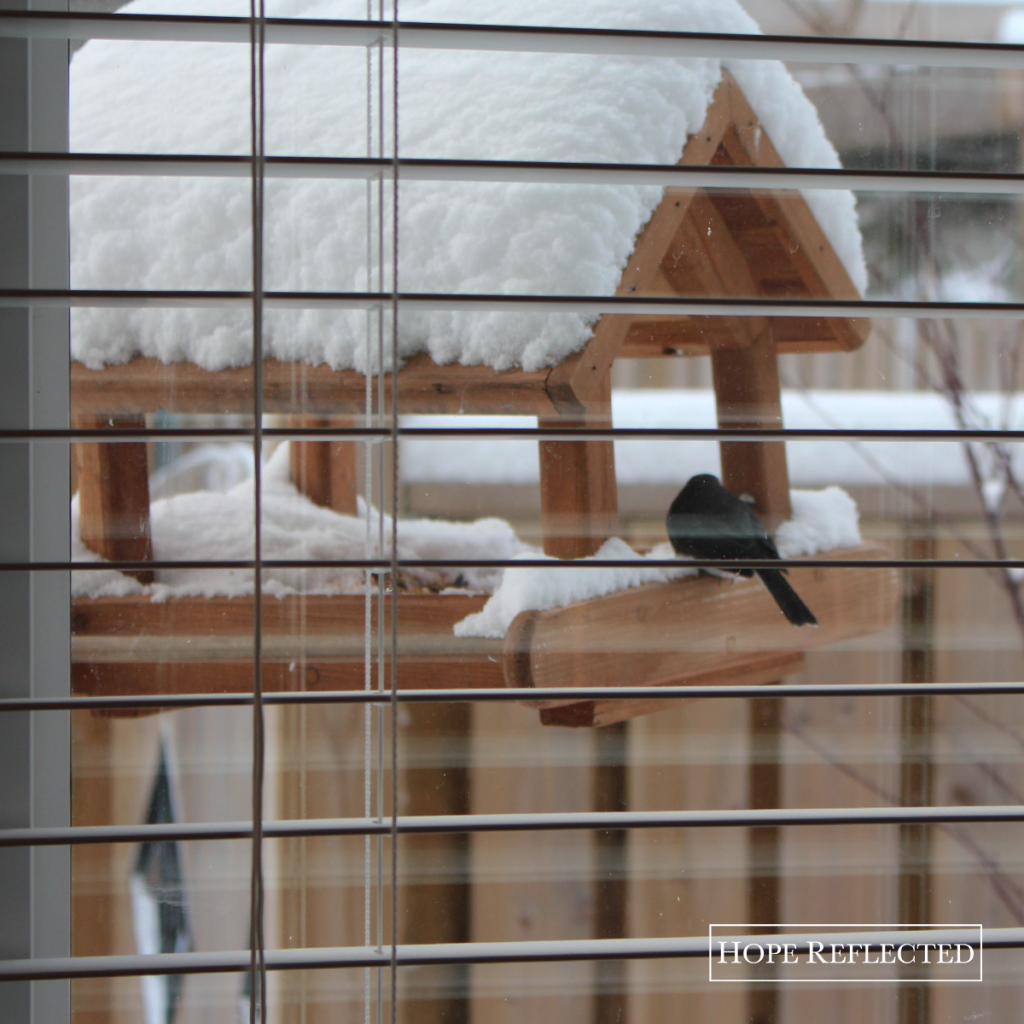
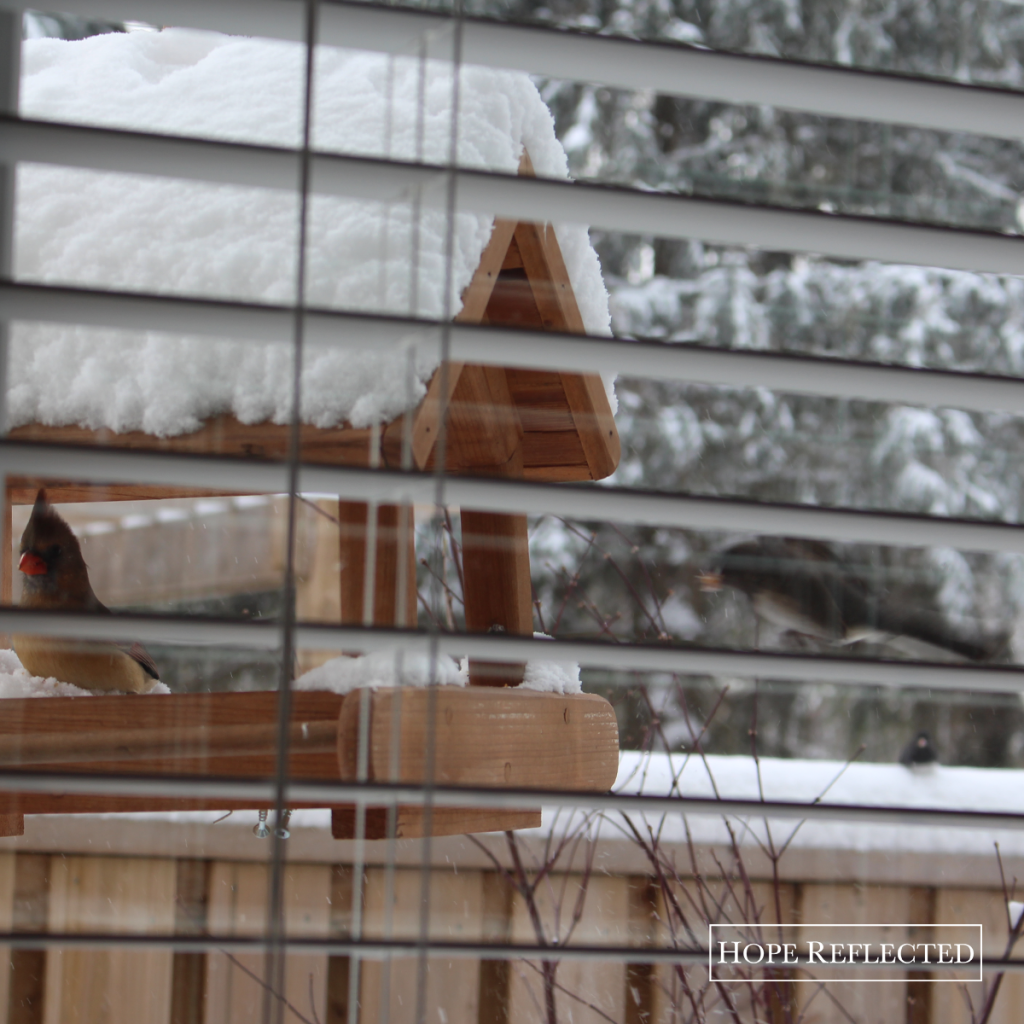



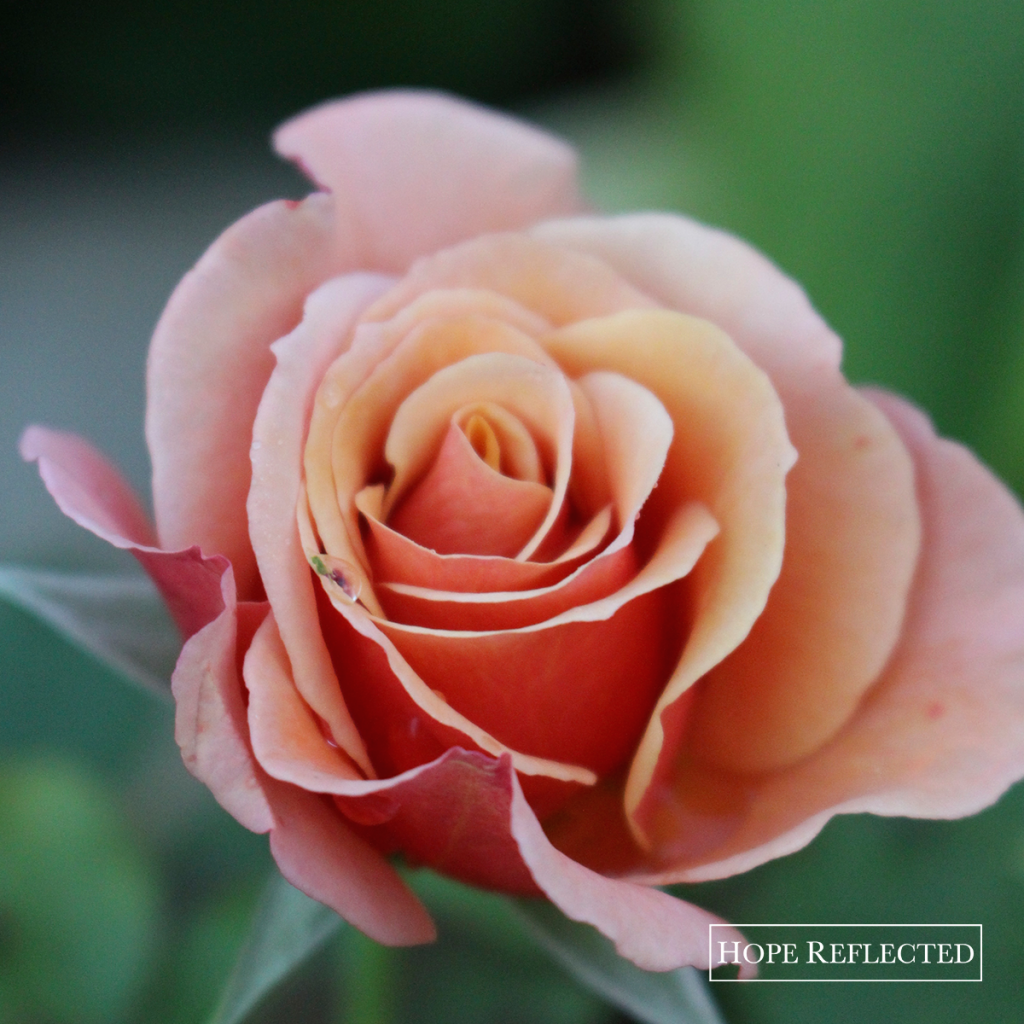
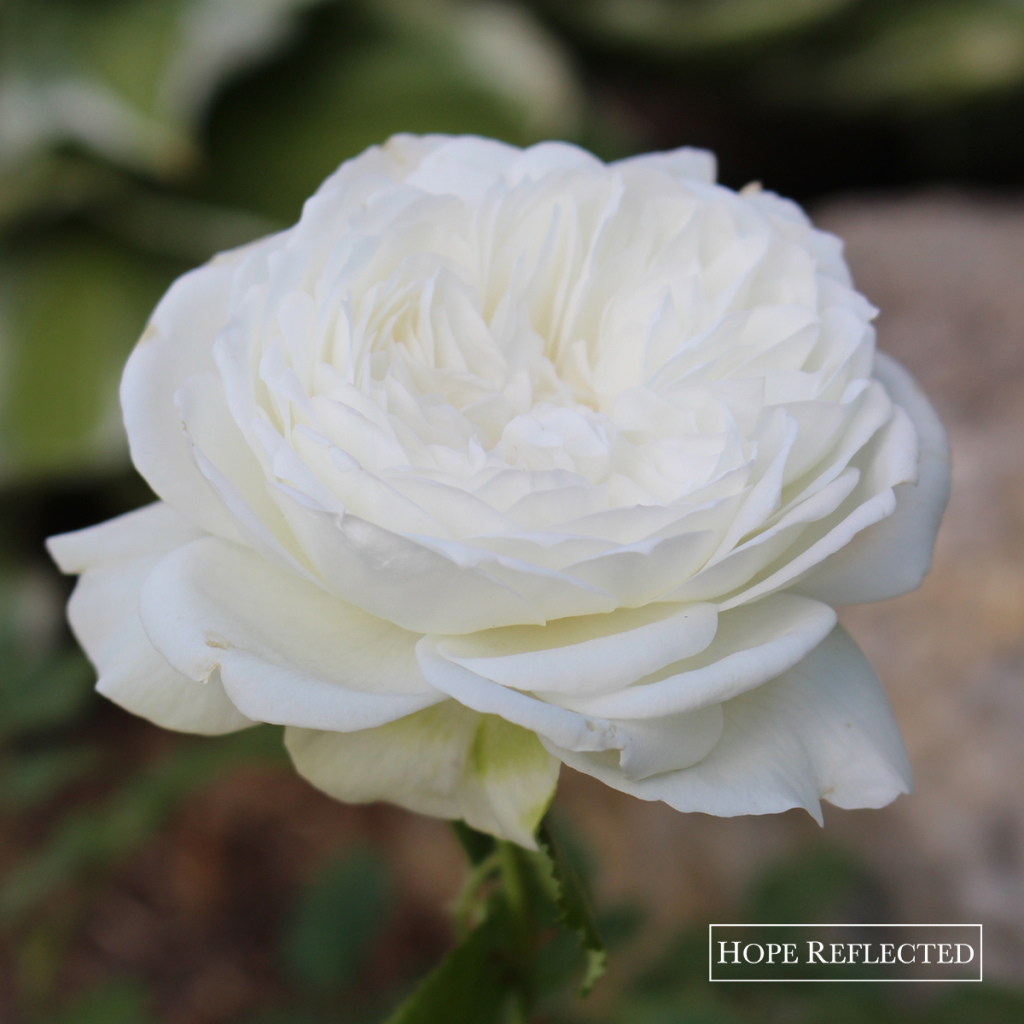
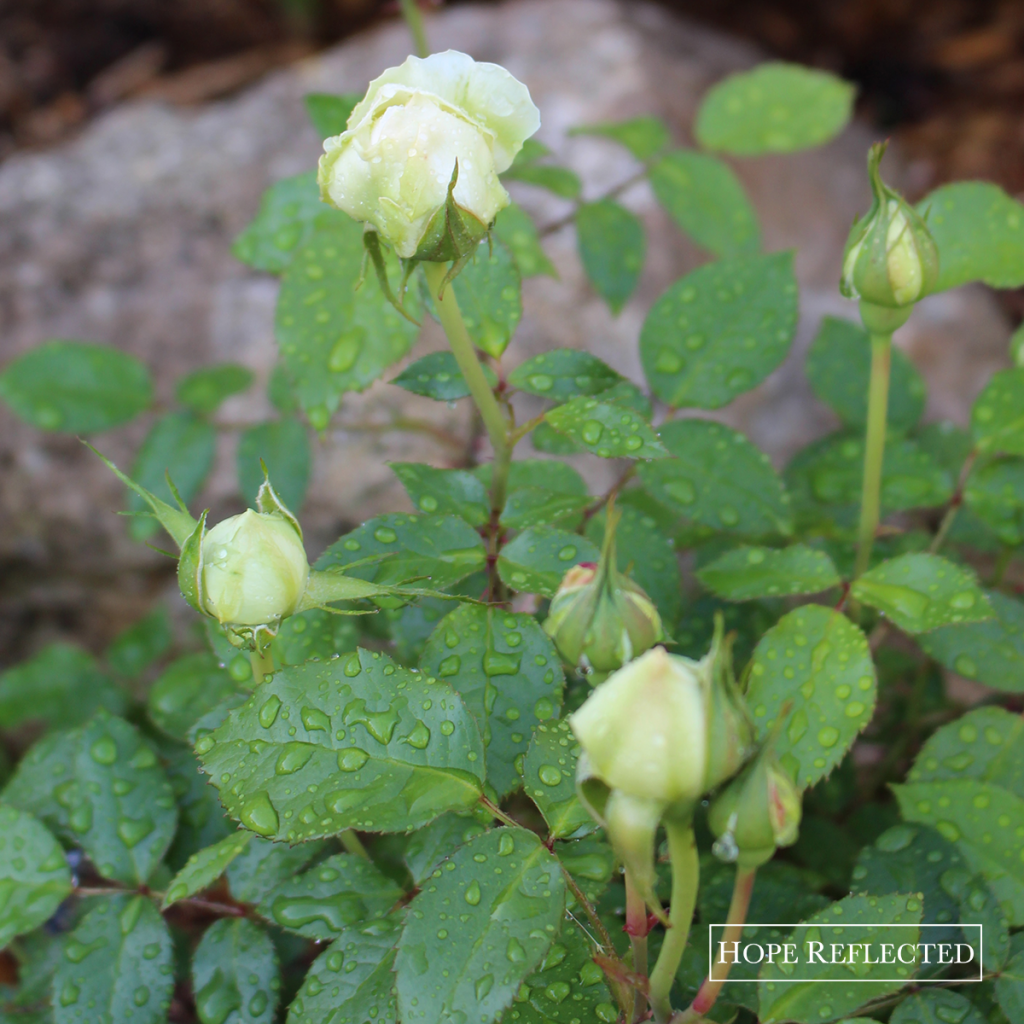


![False friends or counterfeit kindness; whatever you want to call it, the world is filled with people who will say one thing to your face and then another behind your back; people who will woo you in order to get something from you.
It’s sad, but it’s true.
The Bible provides us with examples from Joab to Judas, and yet, we’re surprised when we find ourselves deceived and hurt by someone else.
So what are some of the hallmarks of a true friend?
You can read more about this on hopereflected.com [Link in profile]
.
.
.
#friends #friendship #kindness #counterfeitkindness #hurt #proverbs #truefriends #hopereflected #blog #blogpost](https://www.hopereflected.com/wp-content/plugins/instagram-feed/img/placeholder.png)